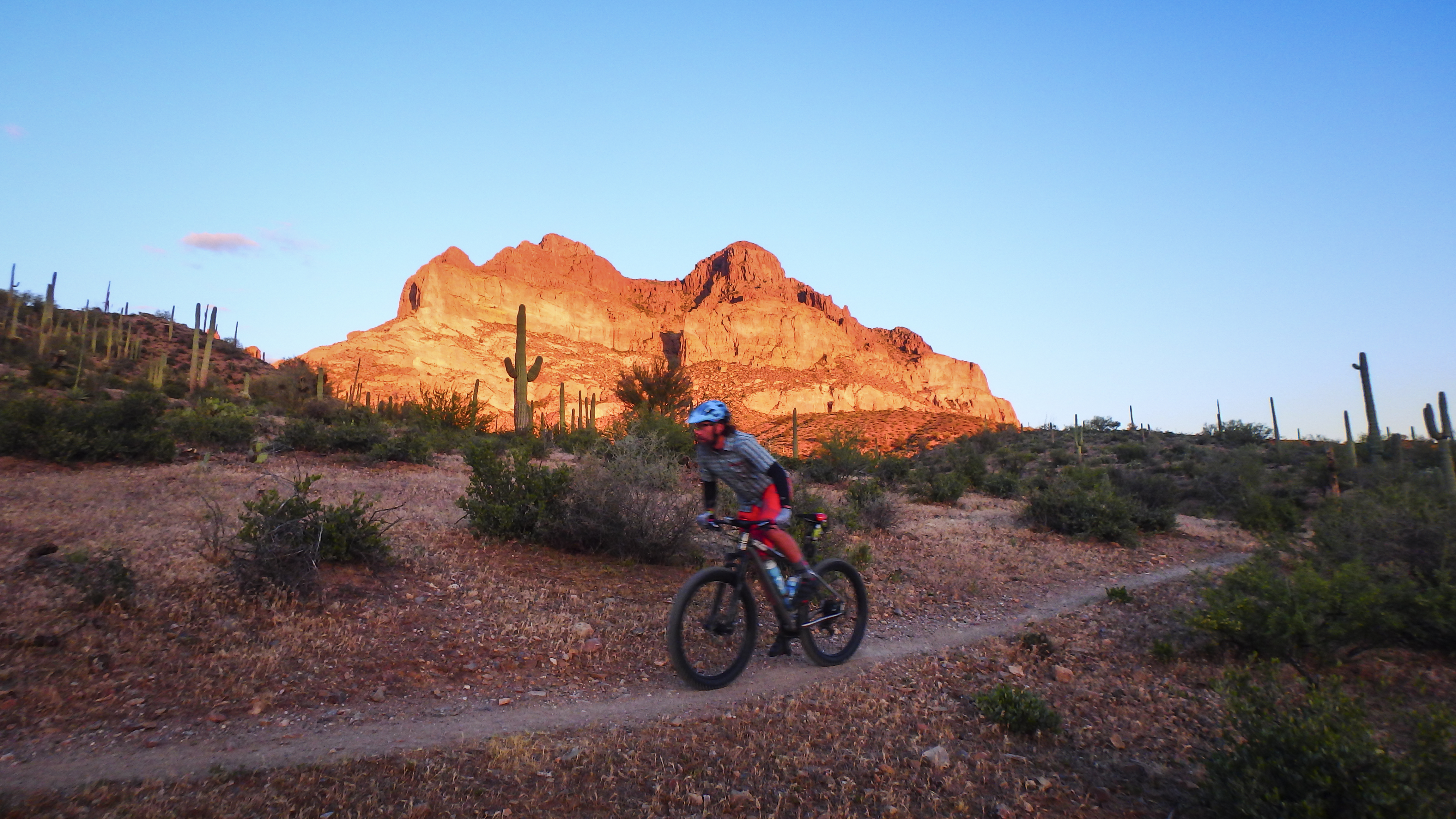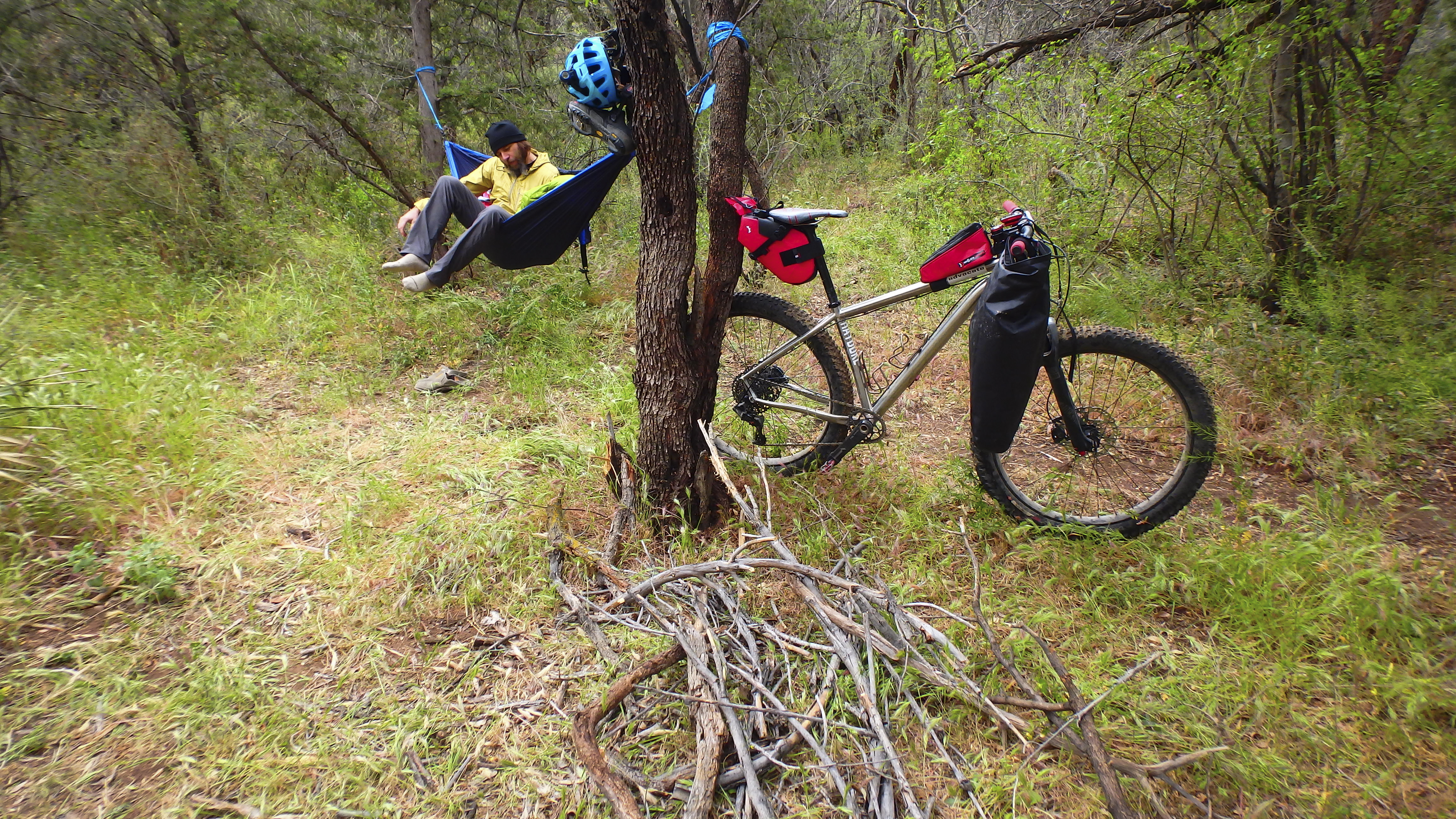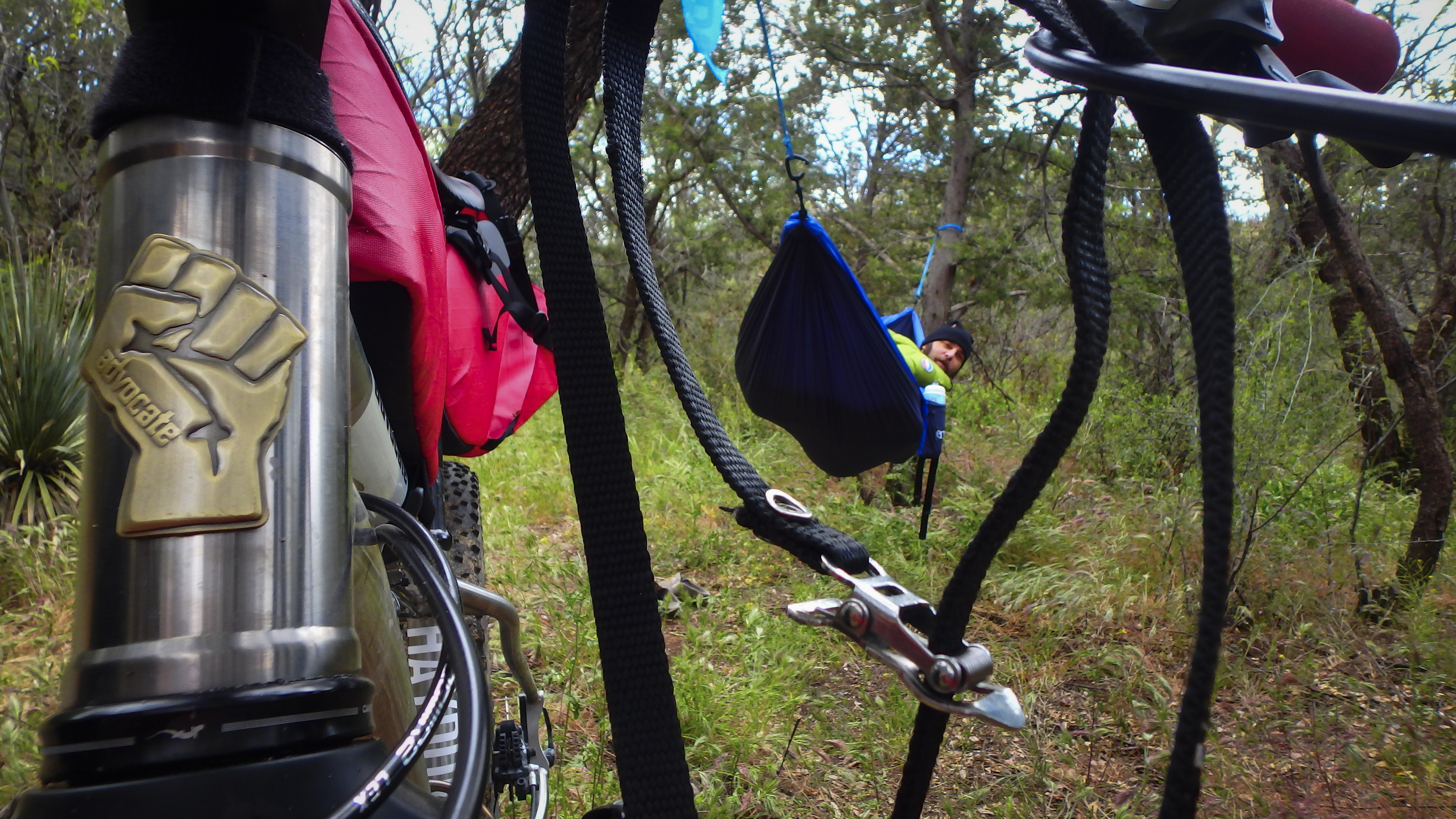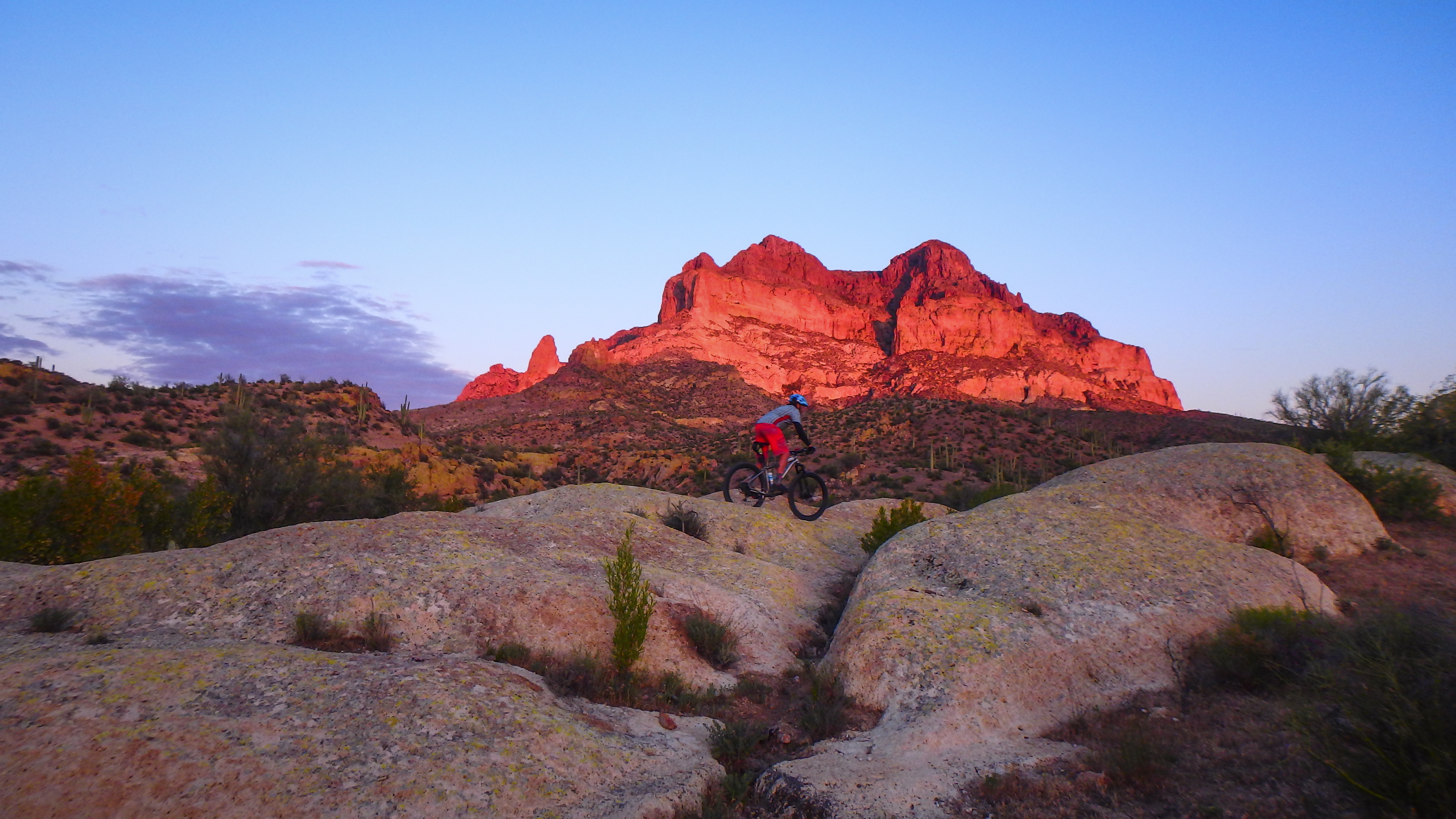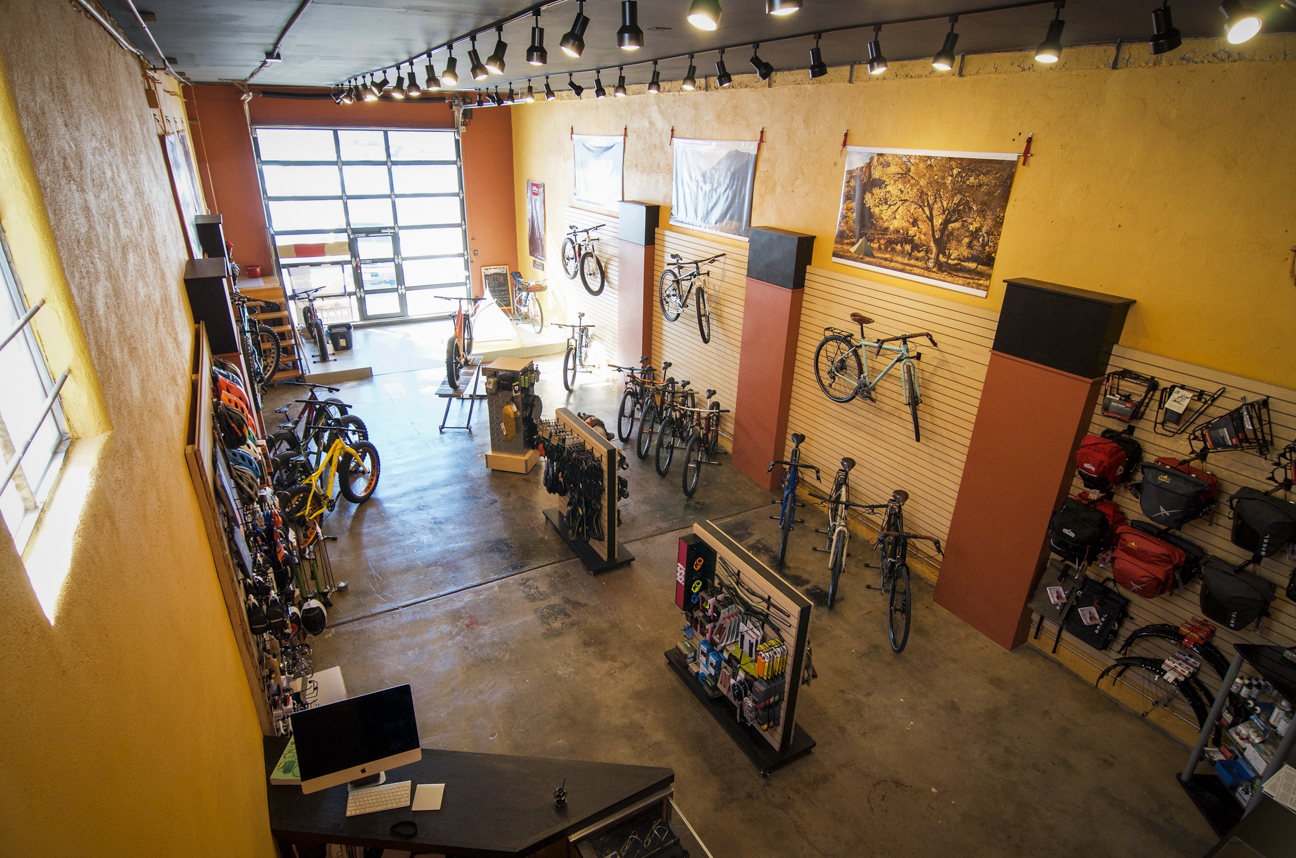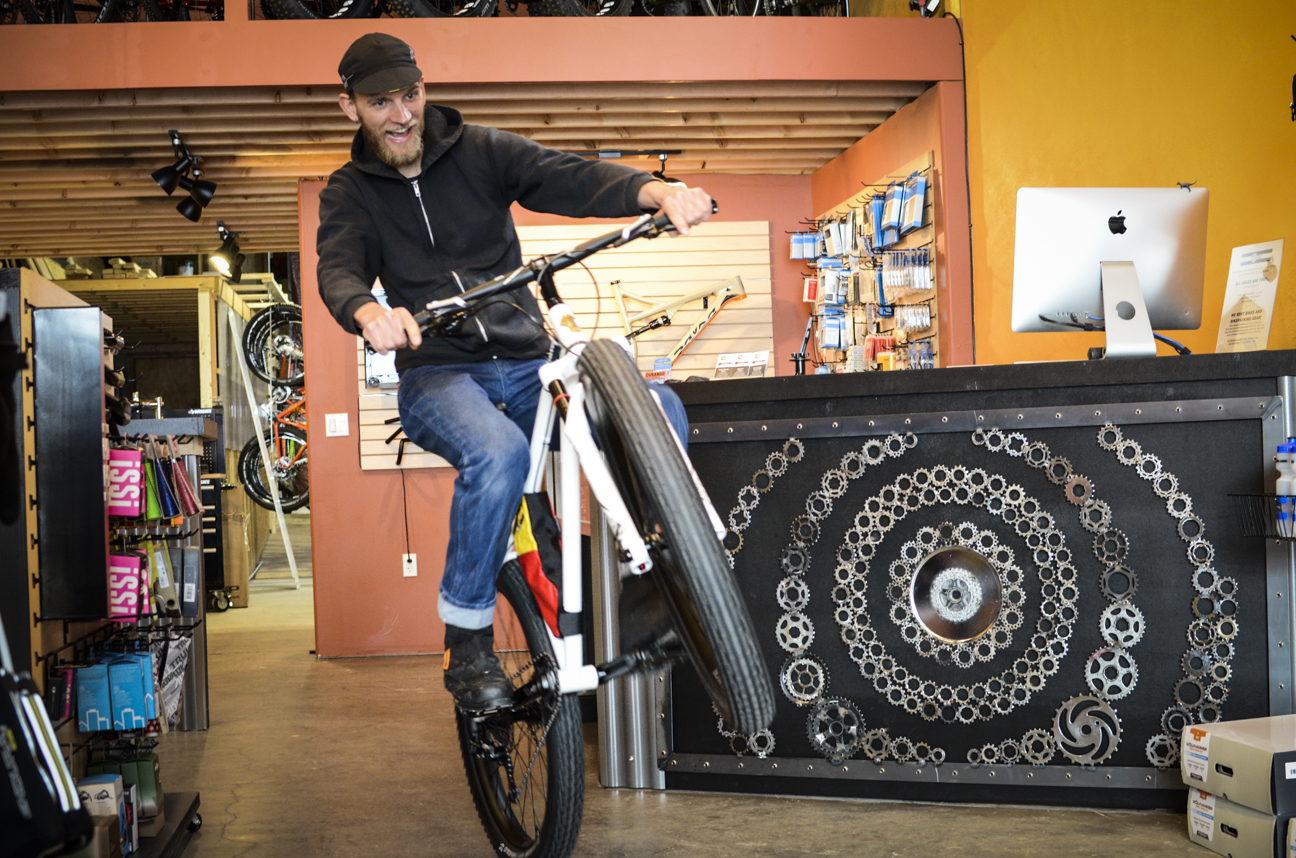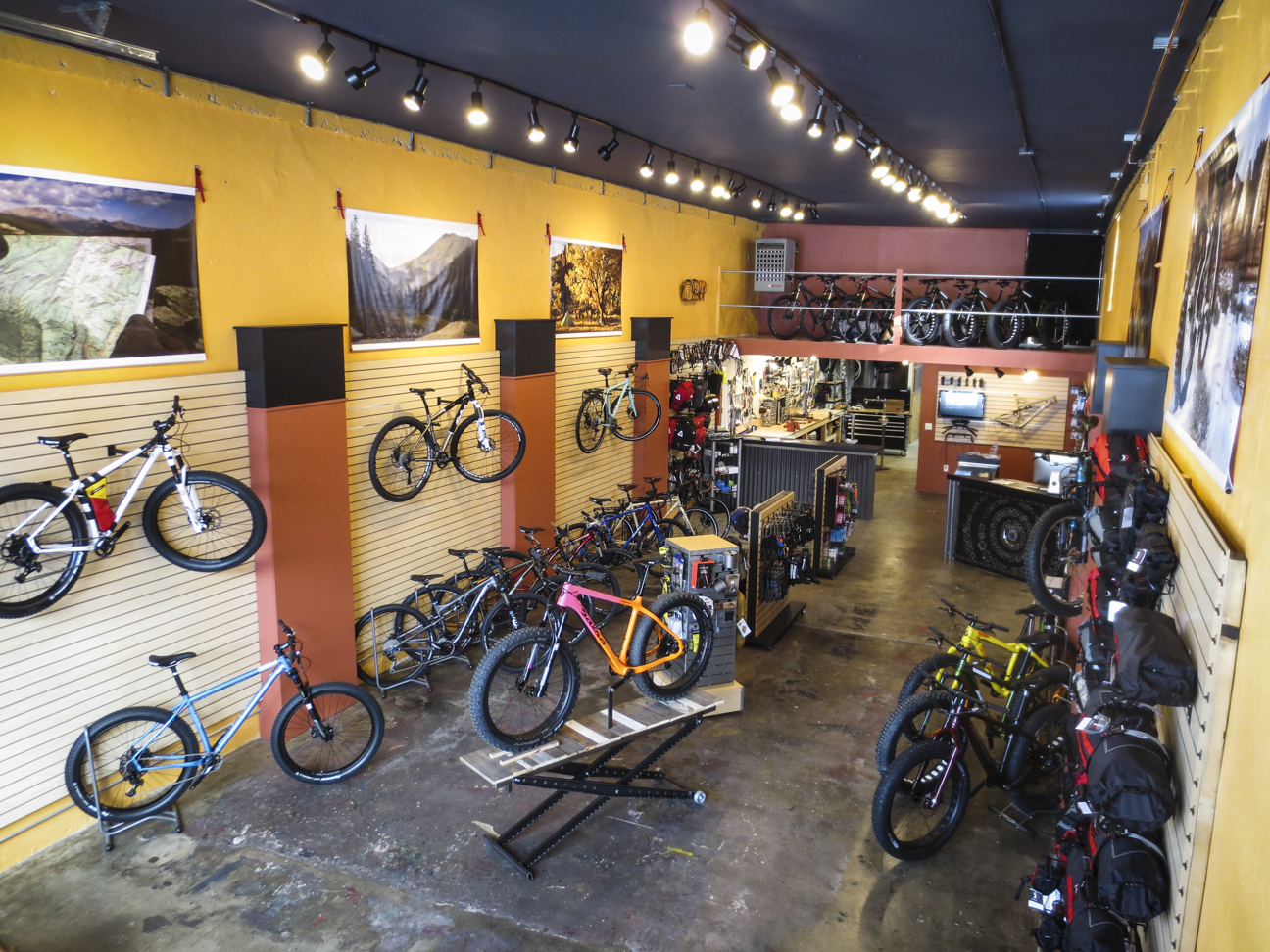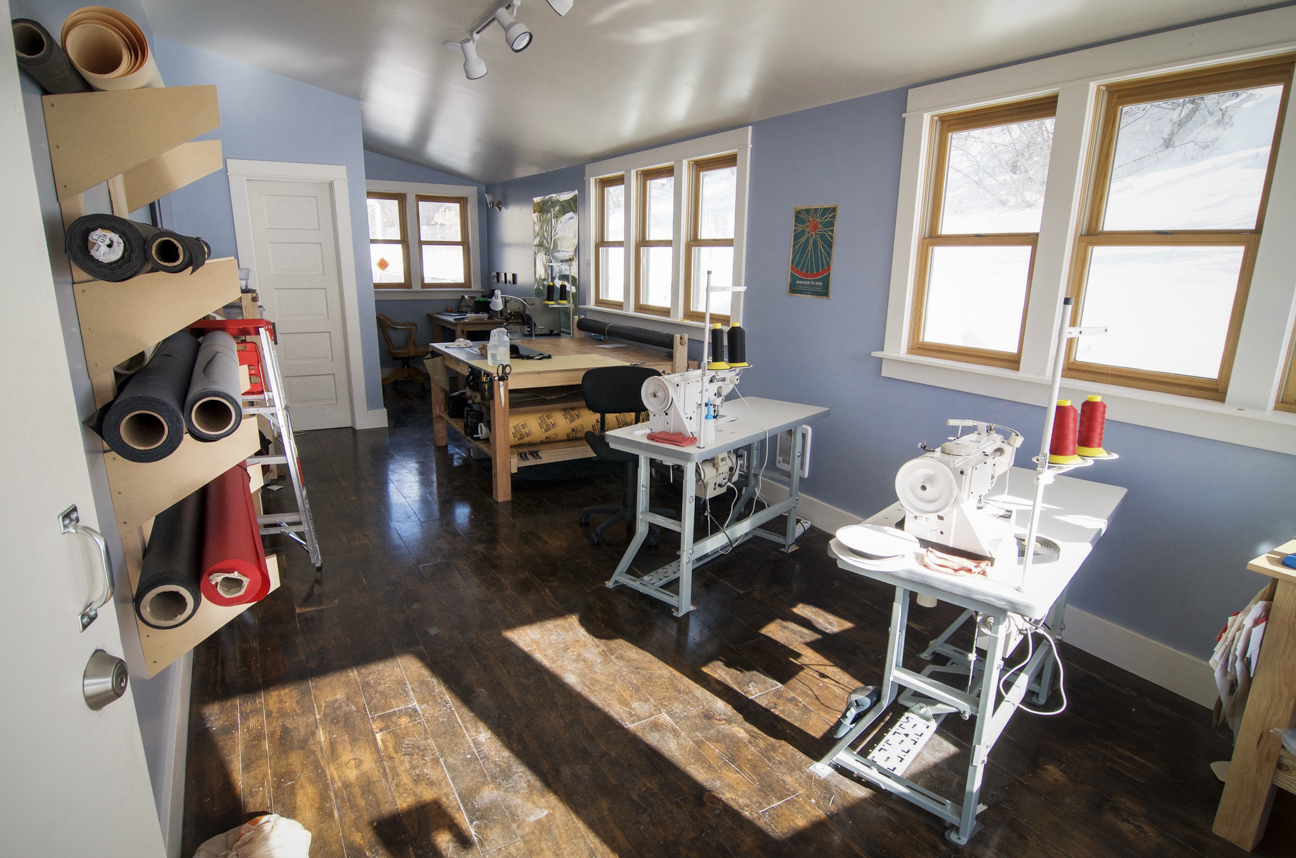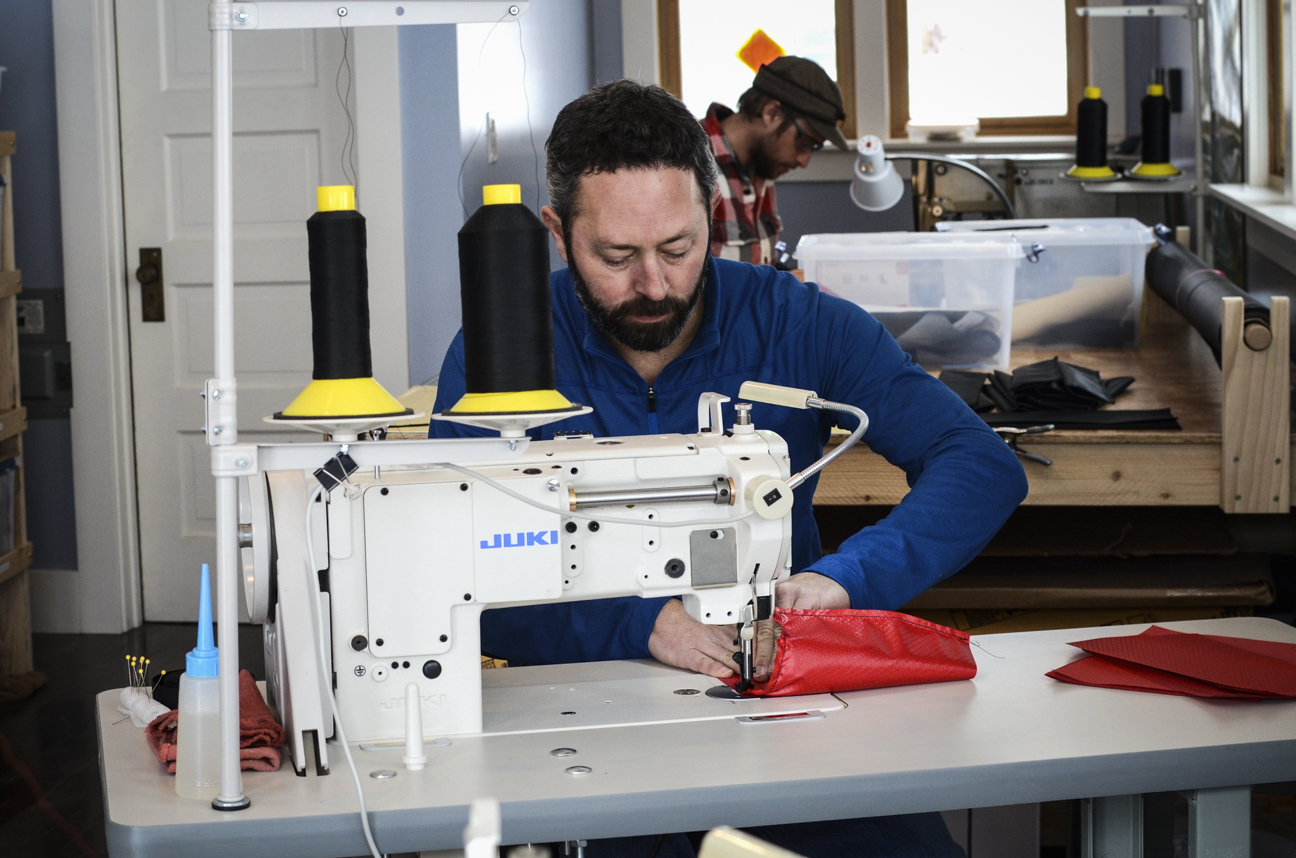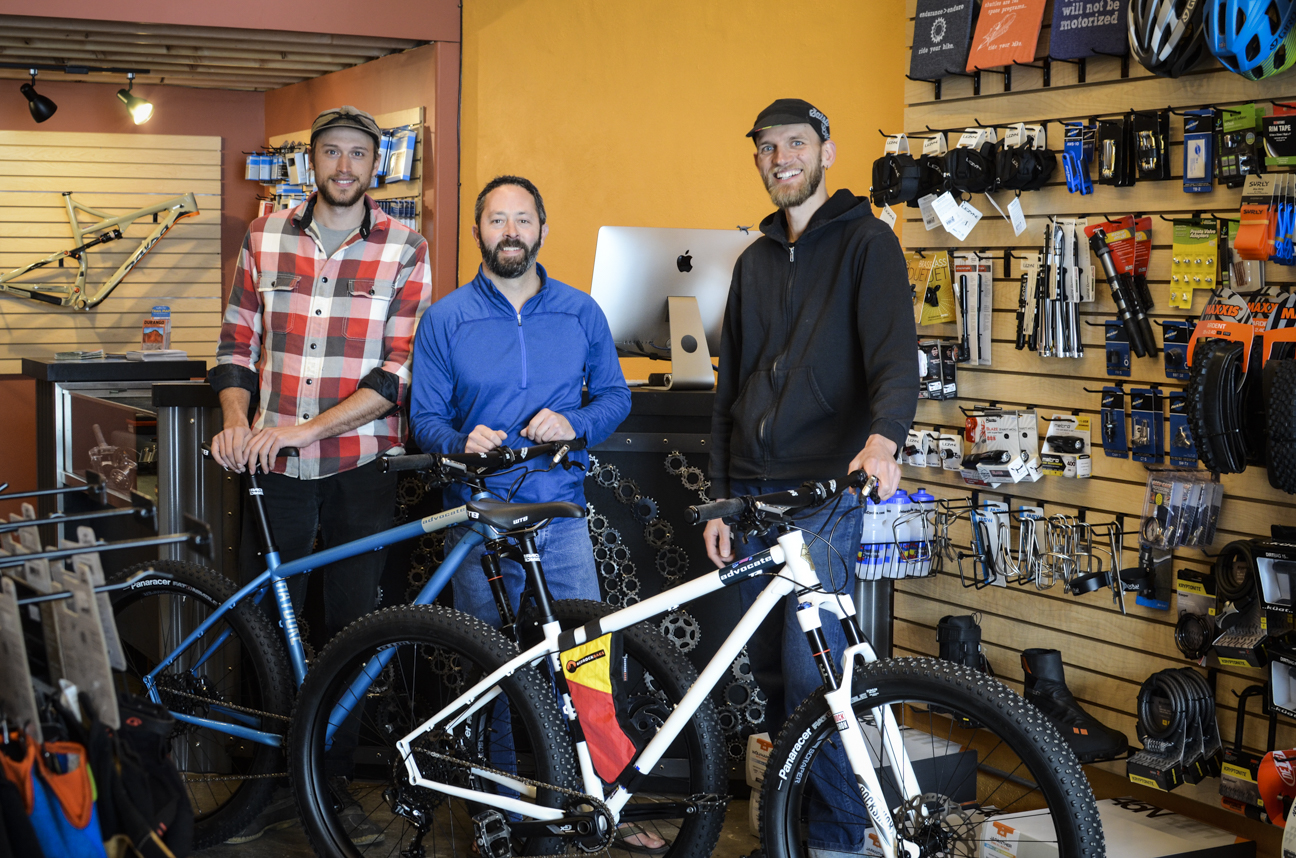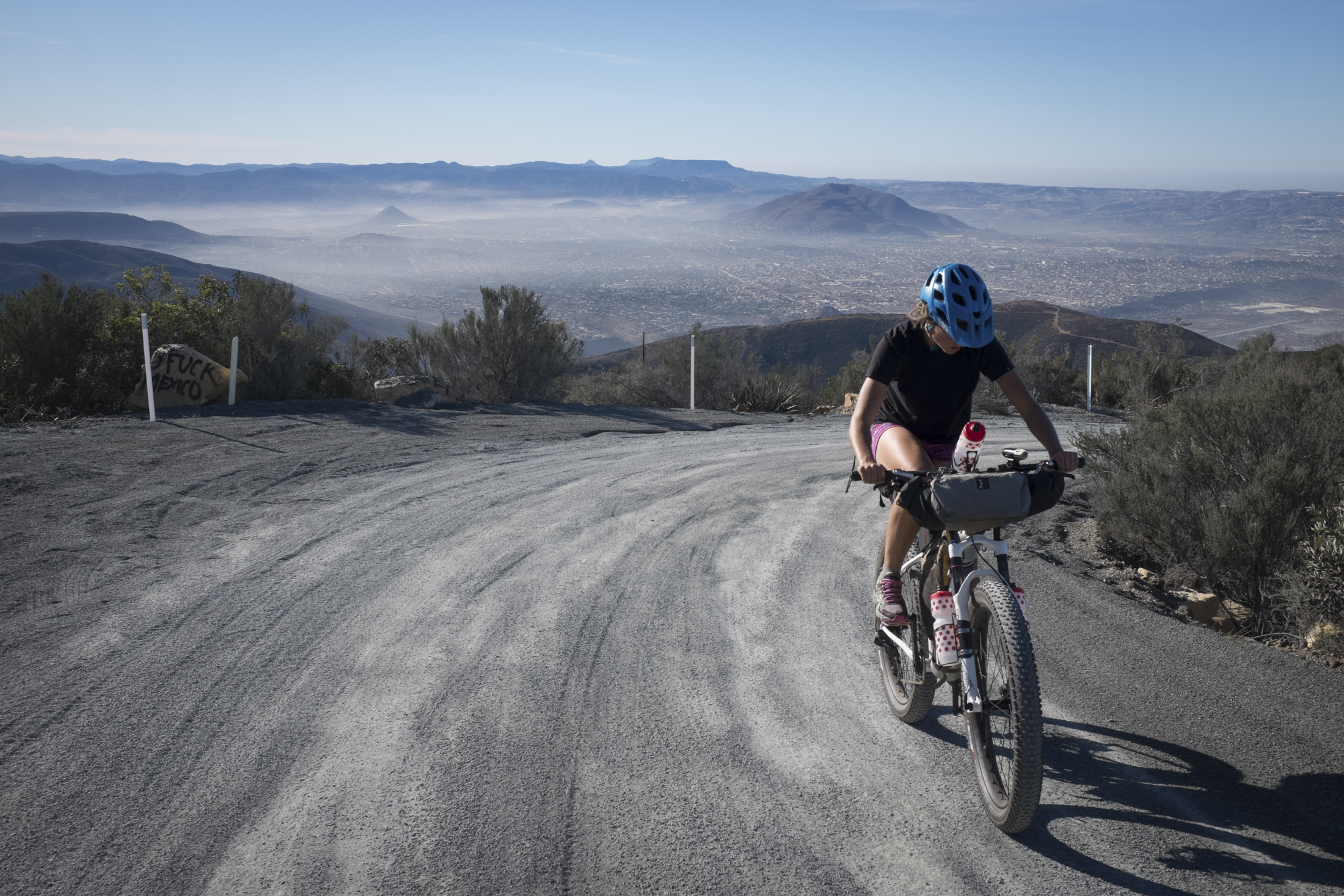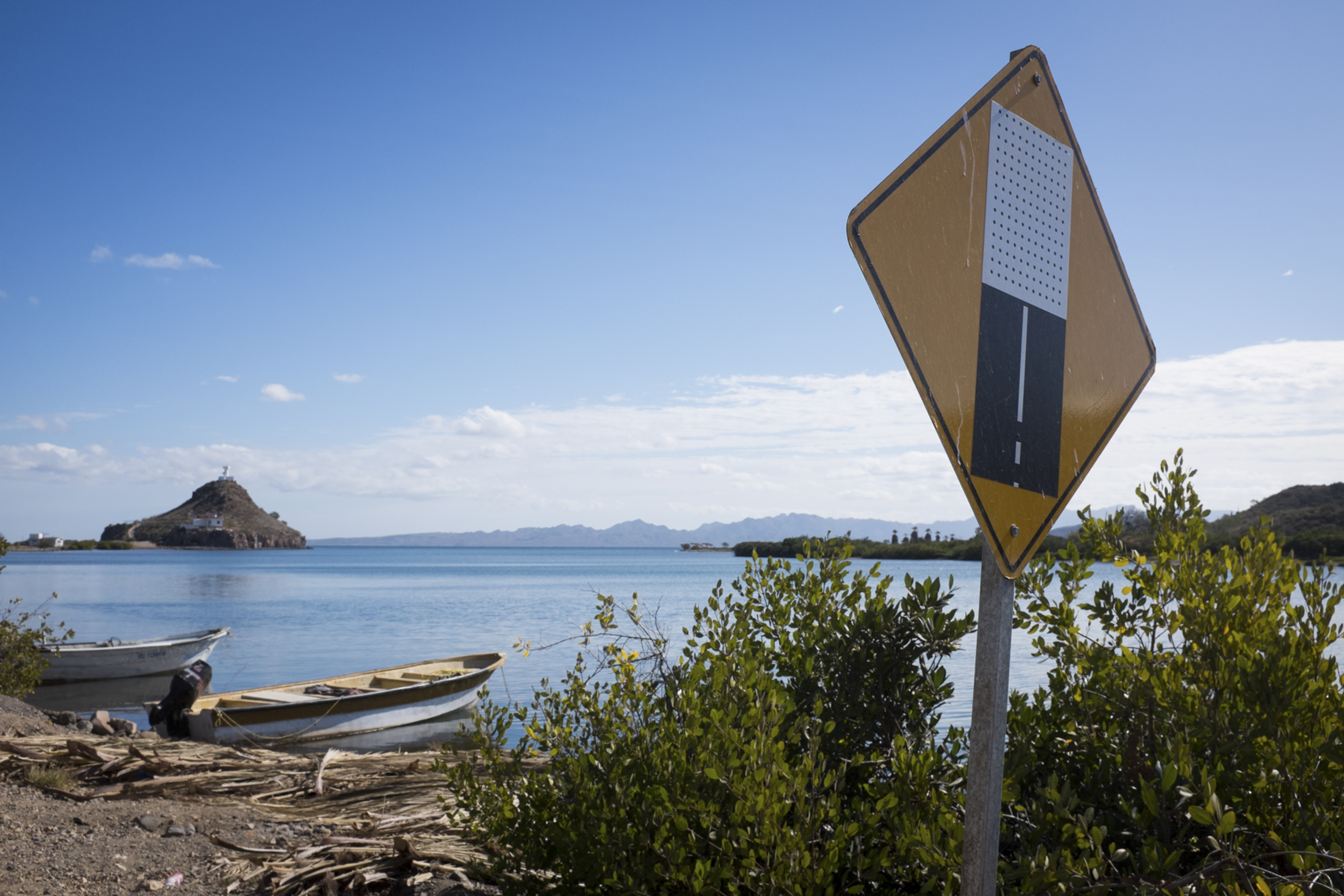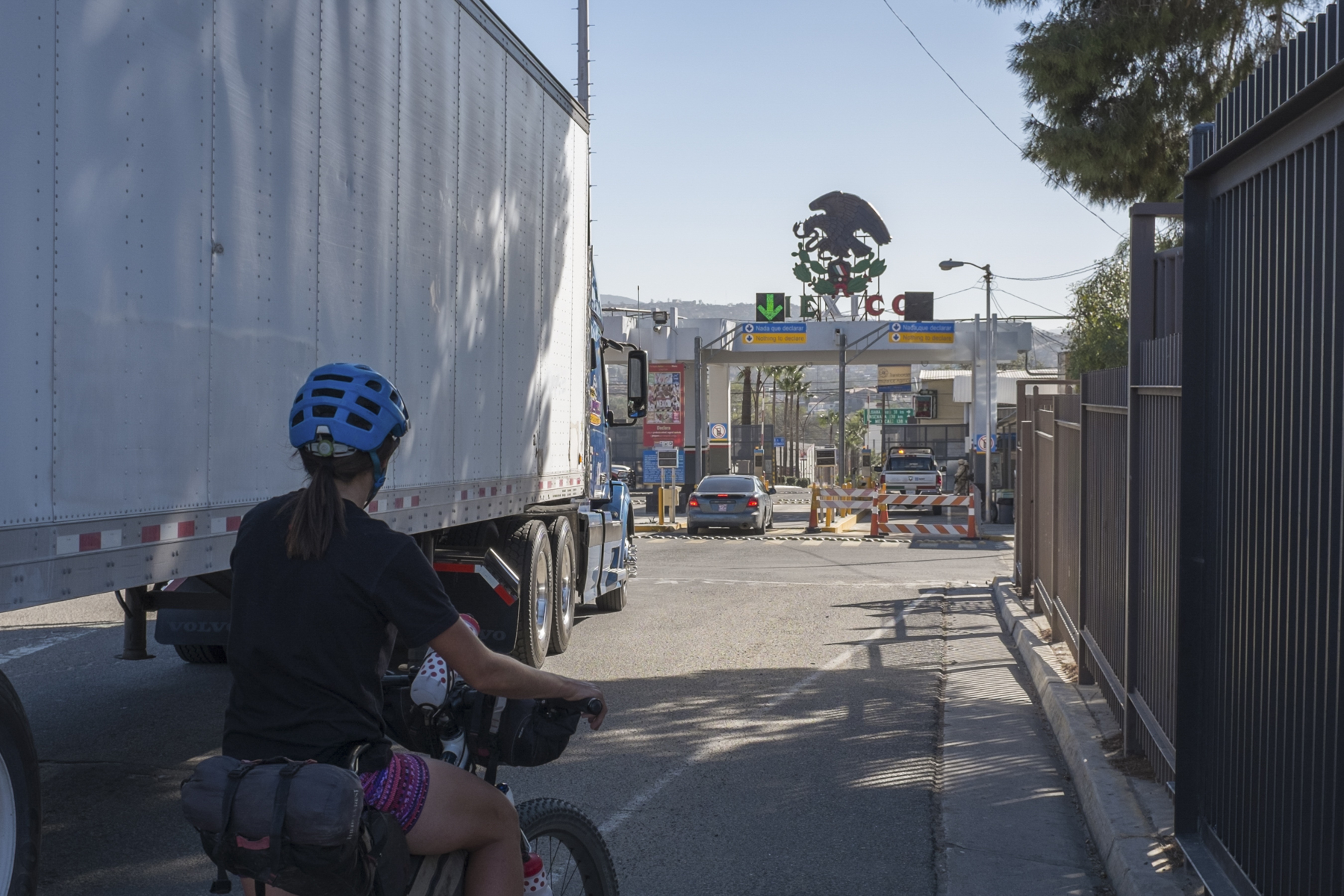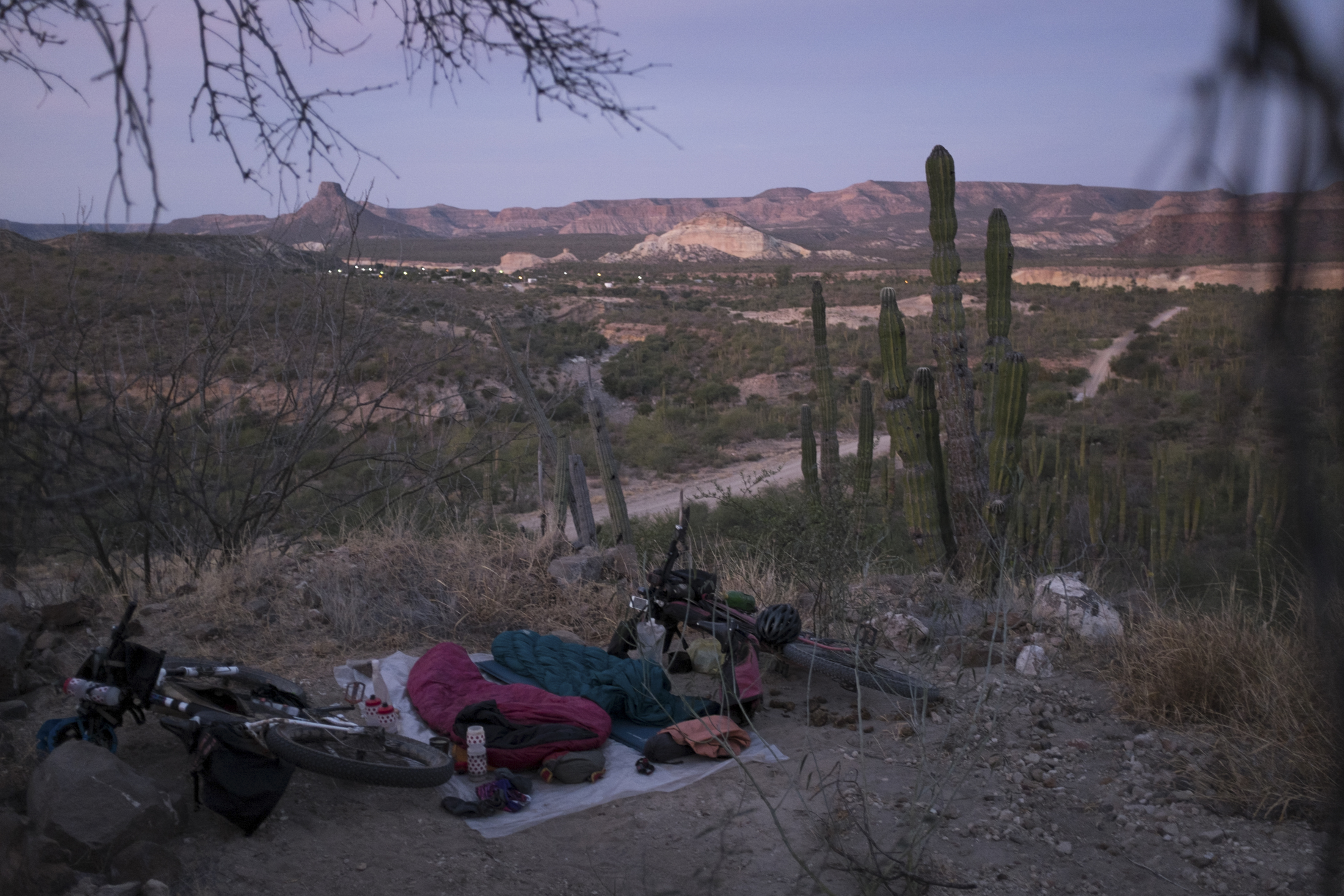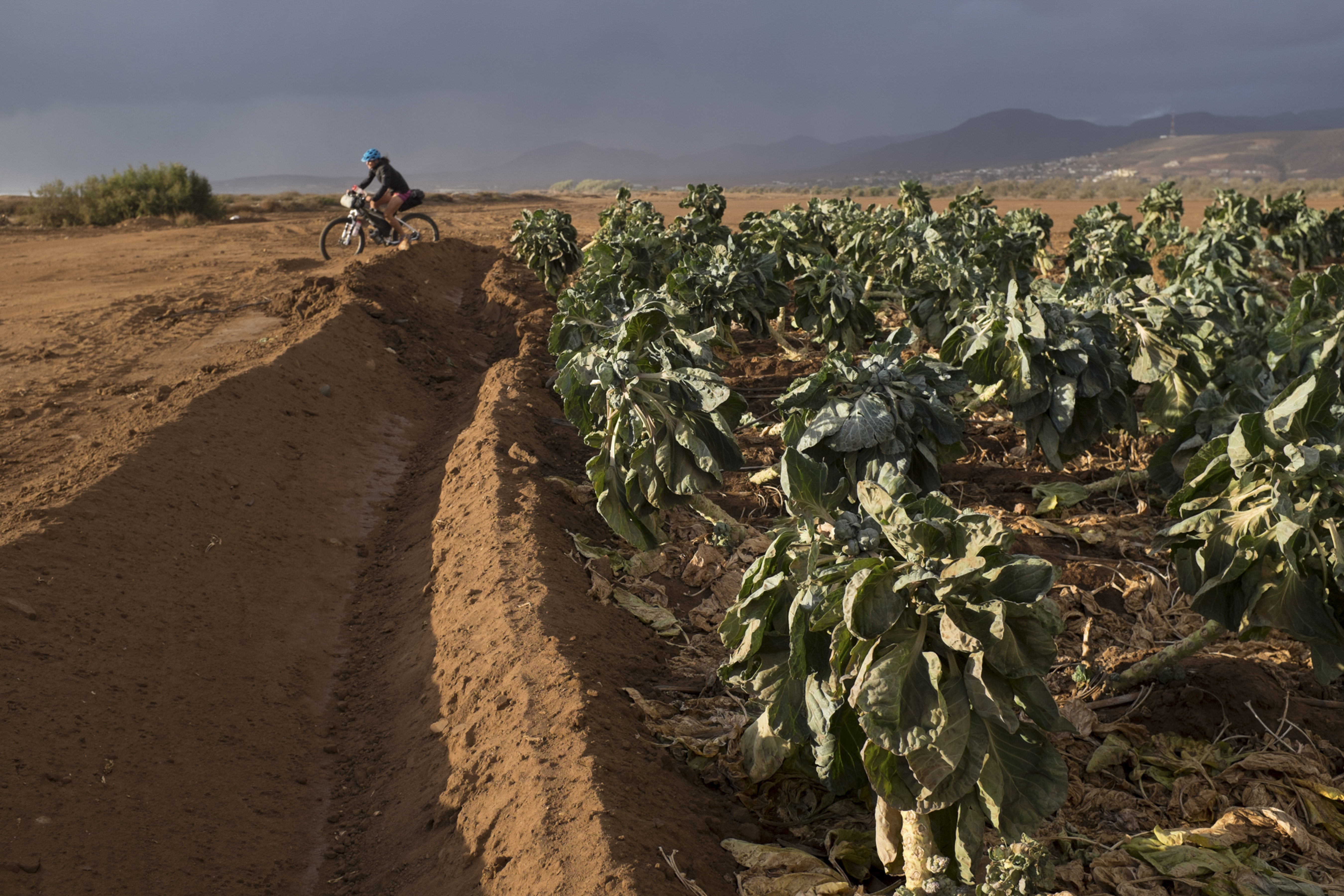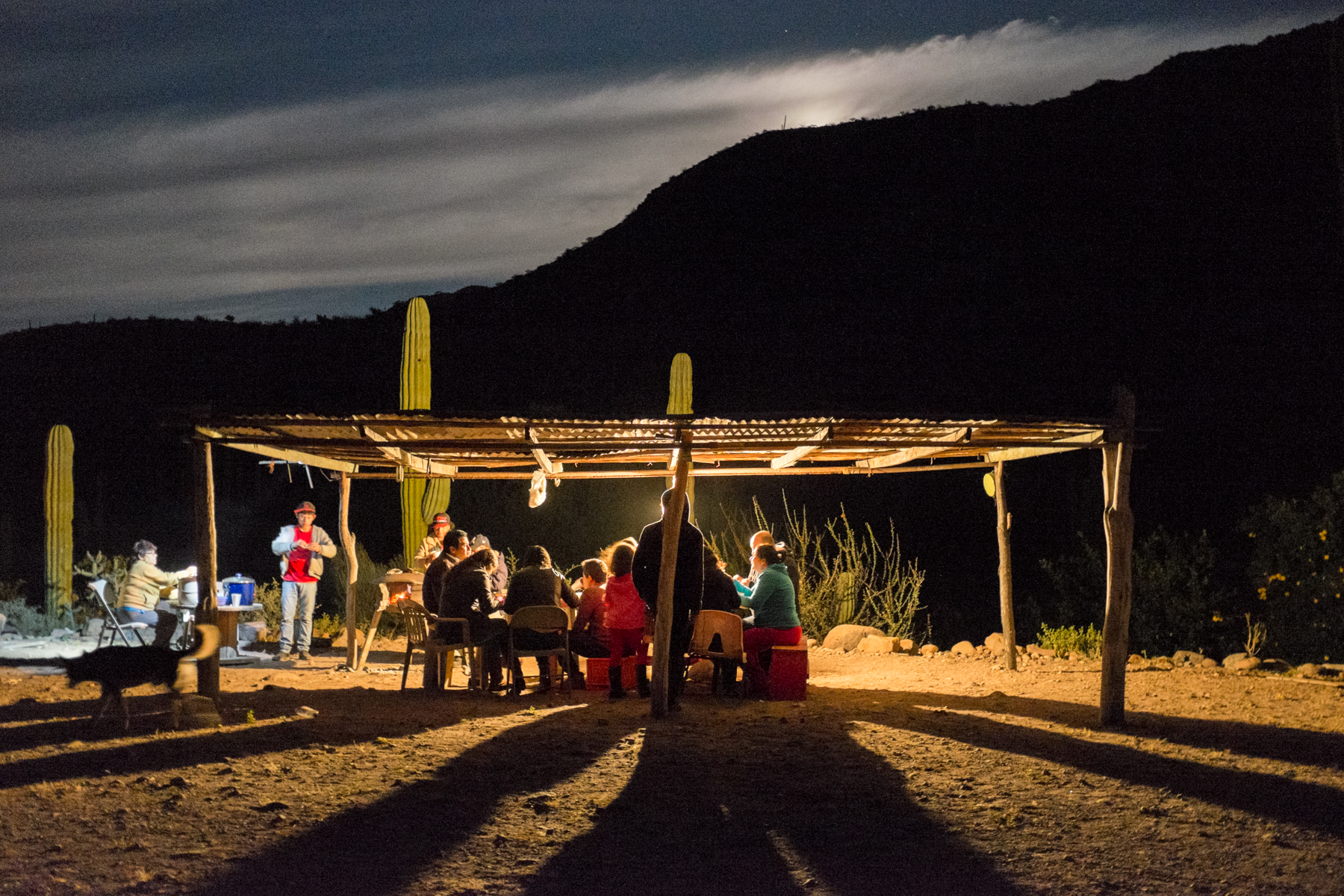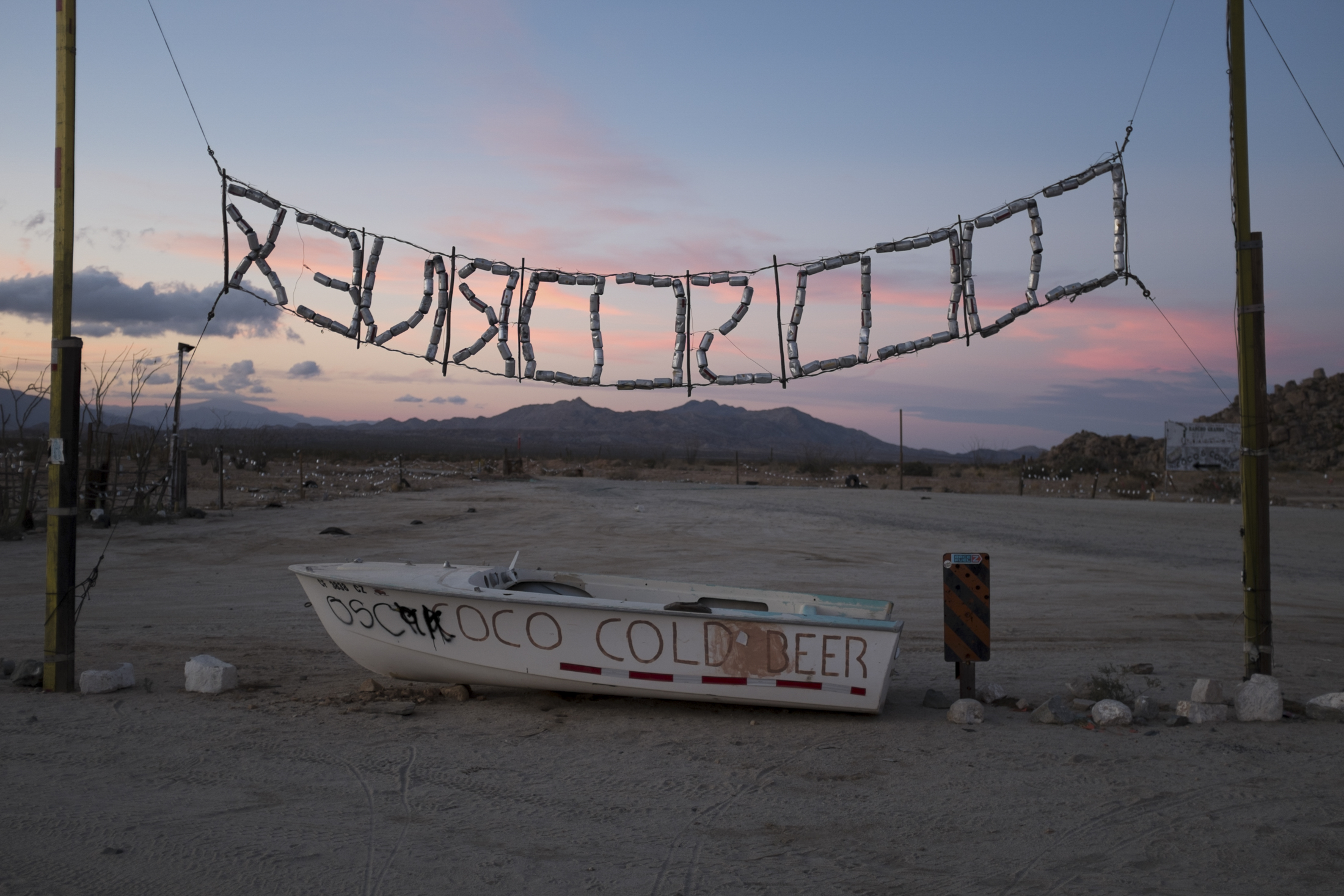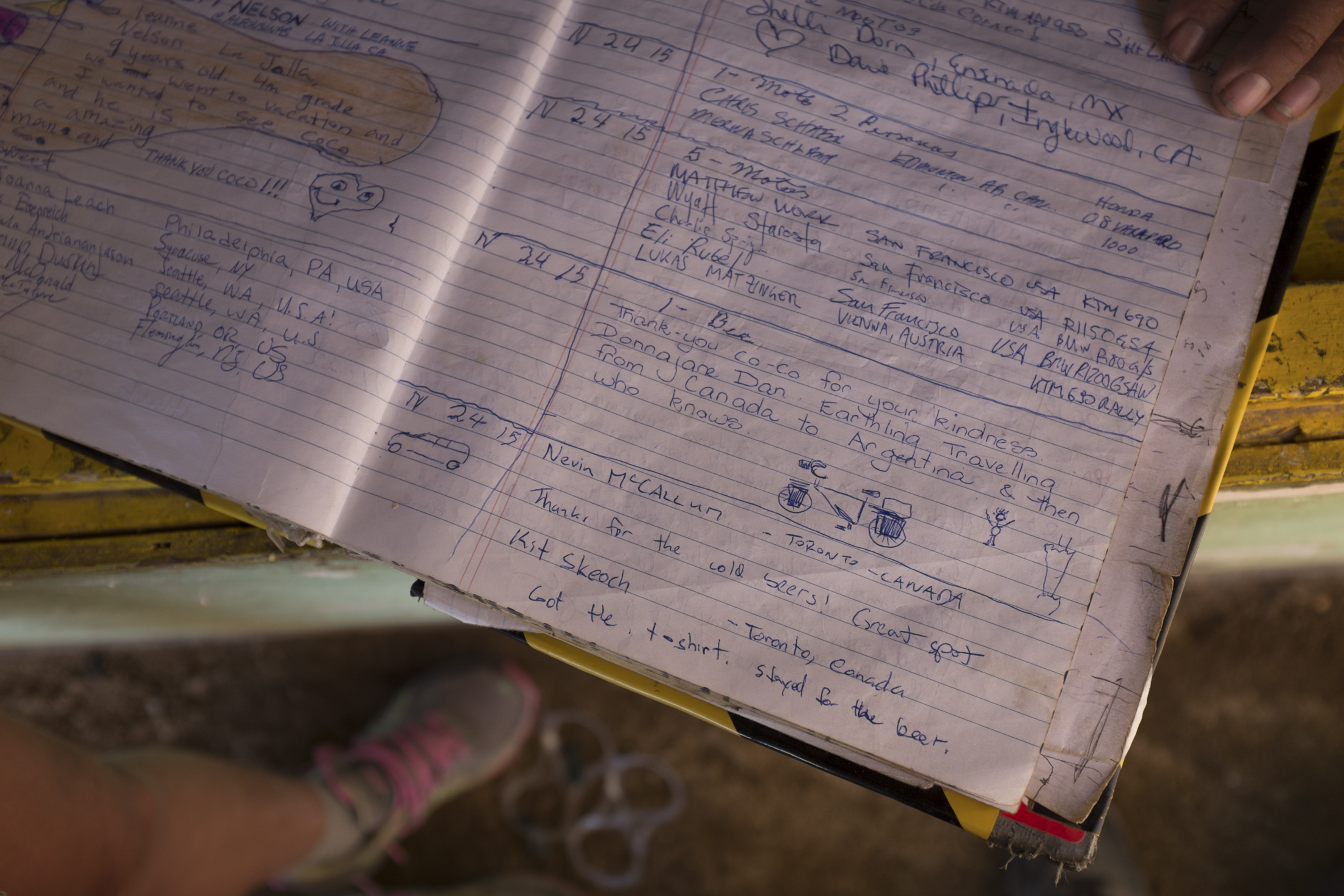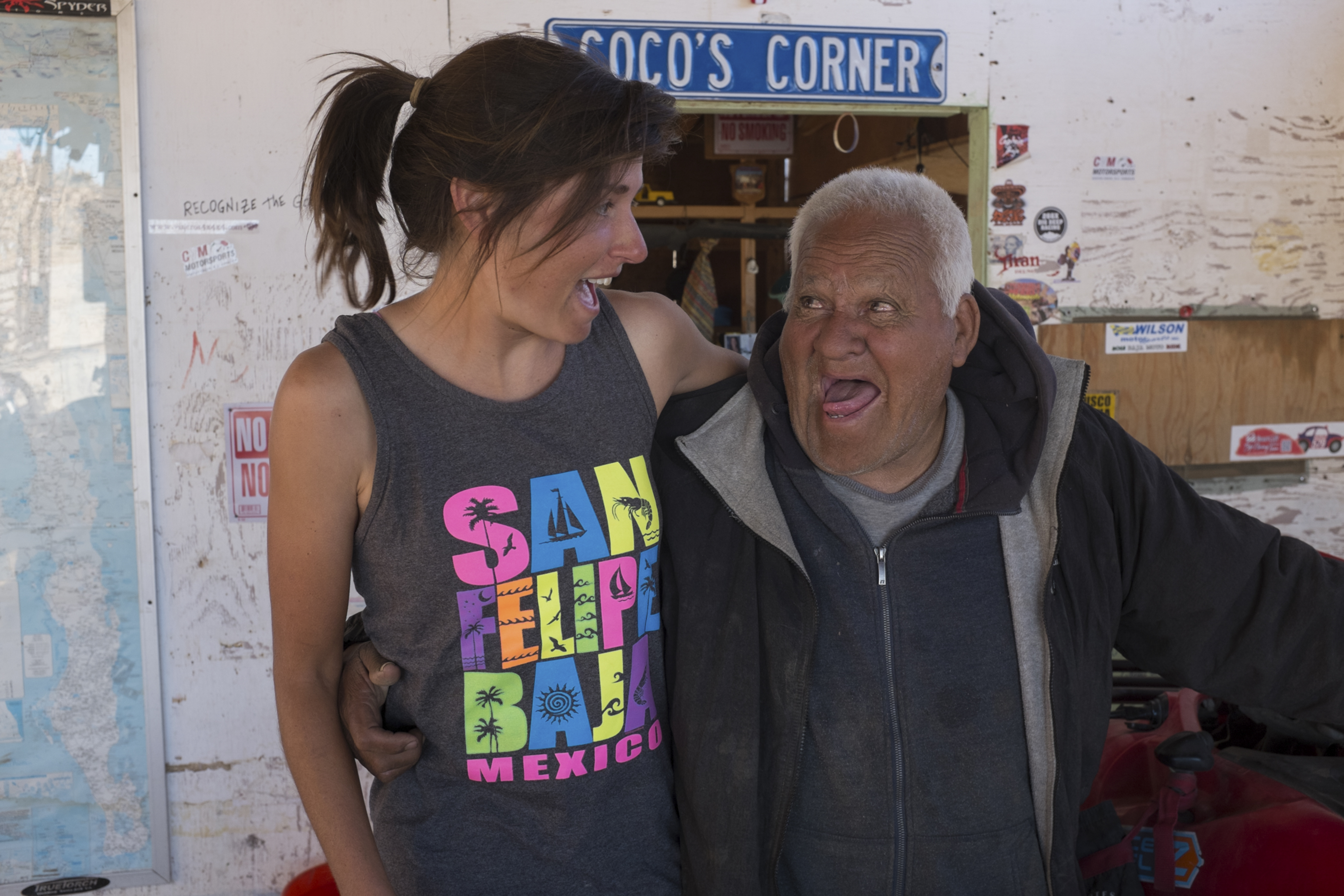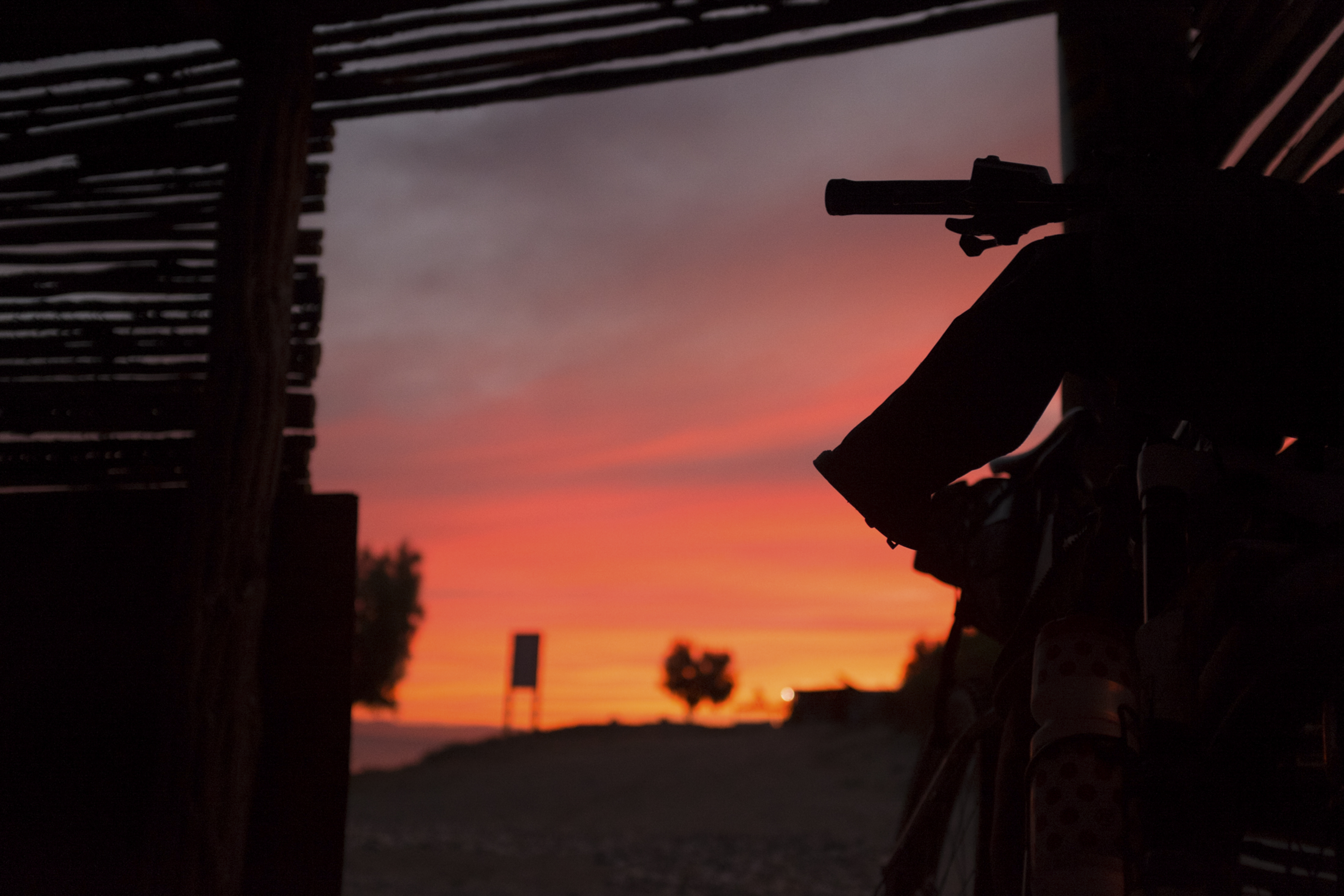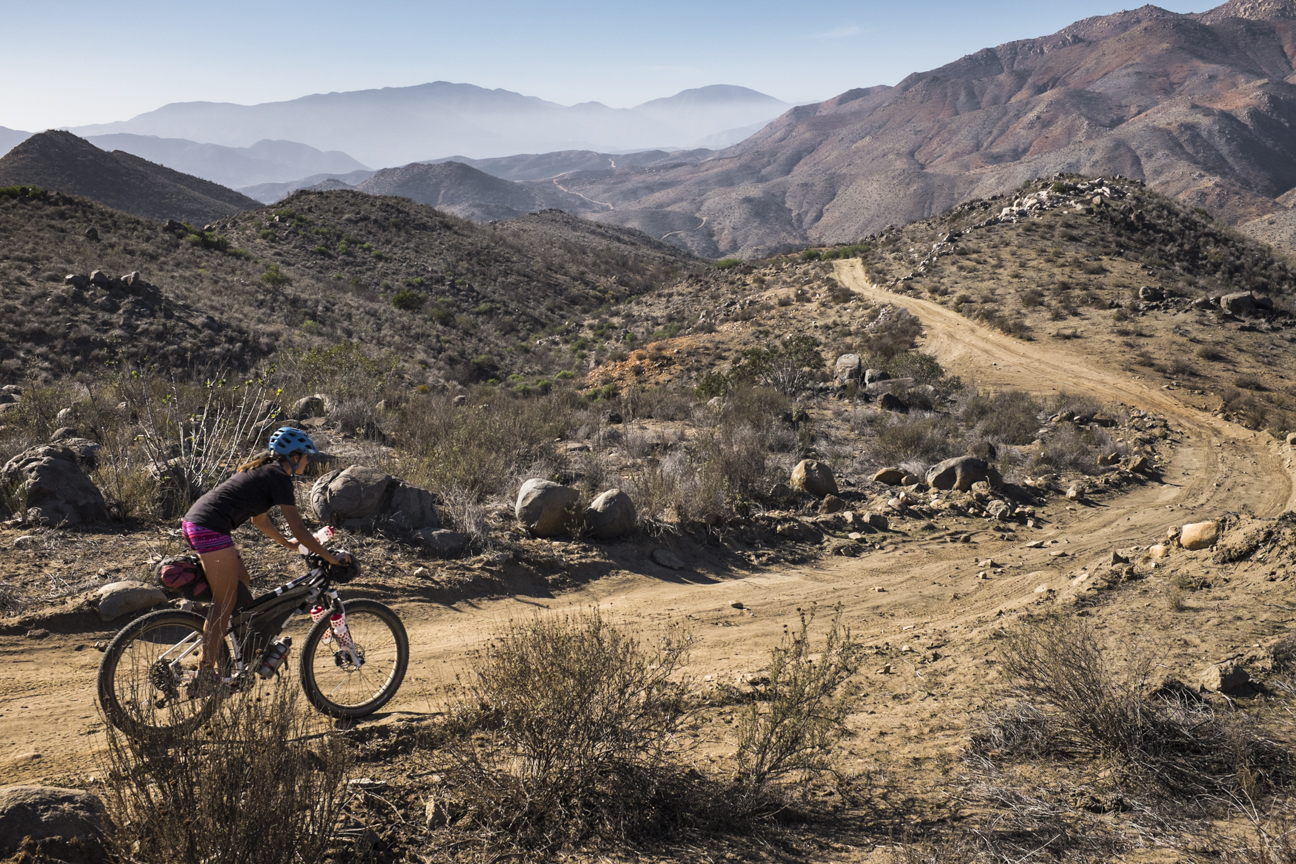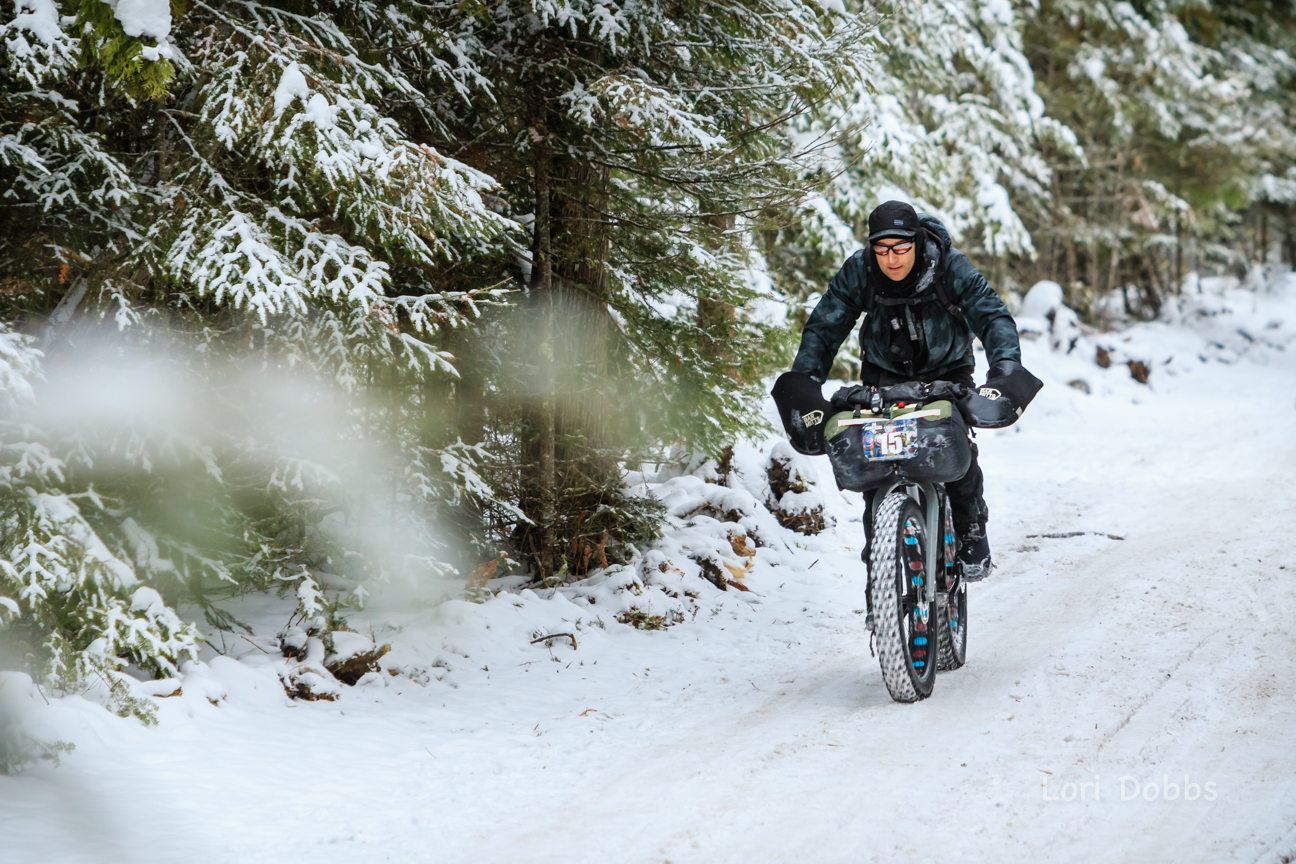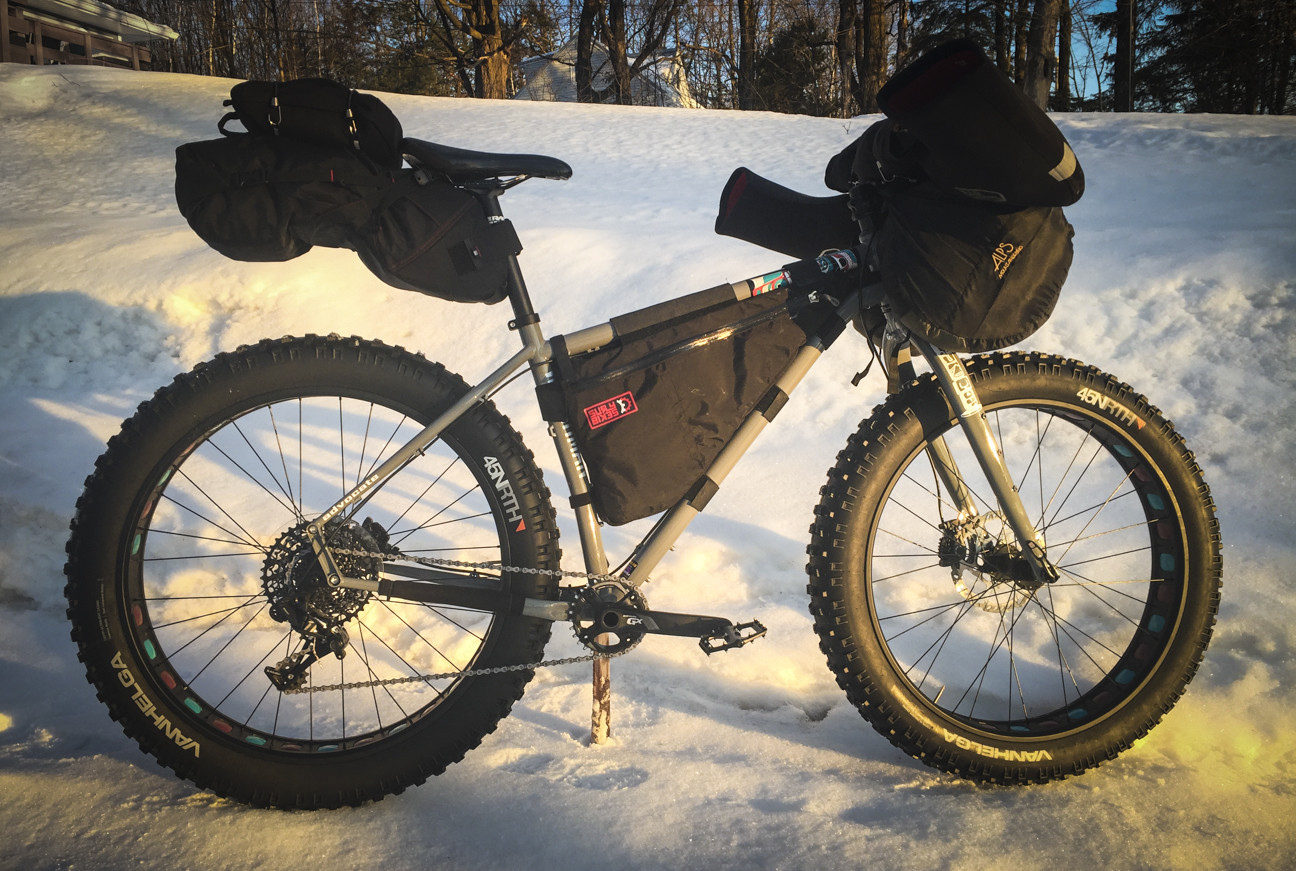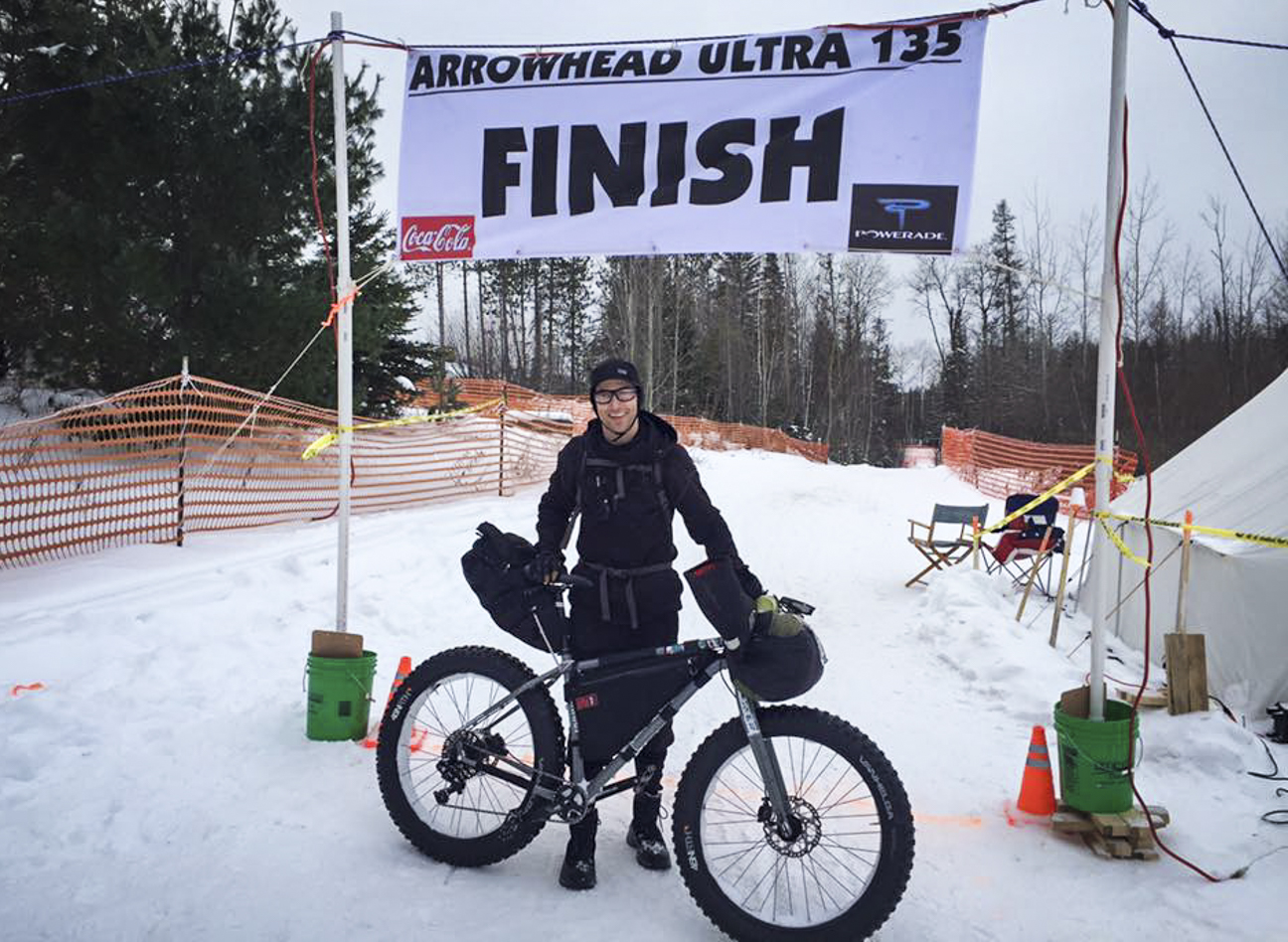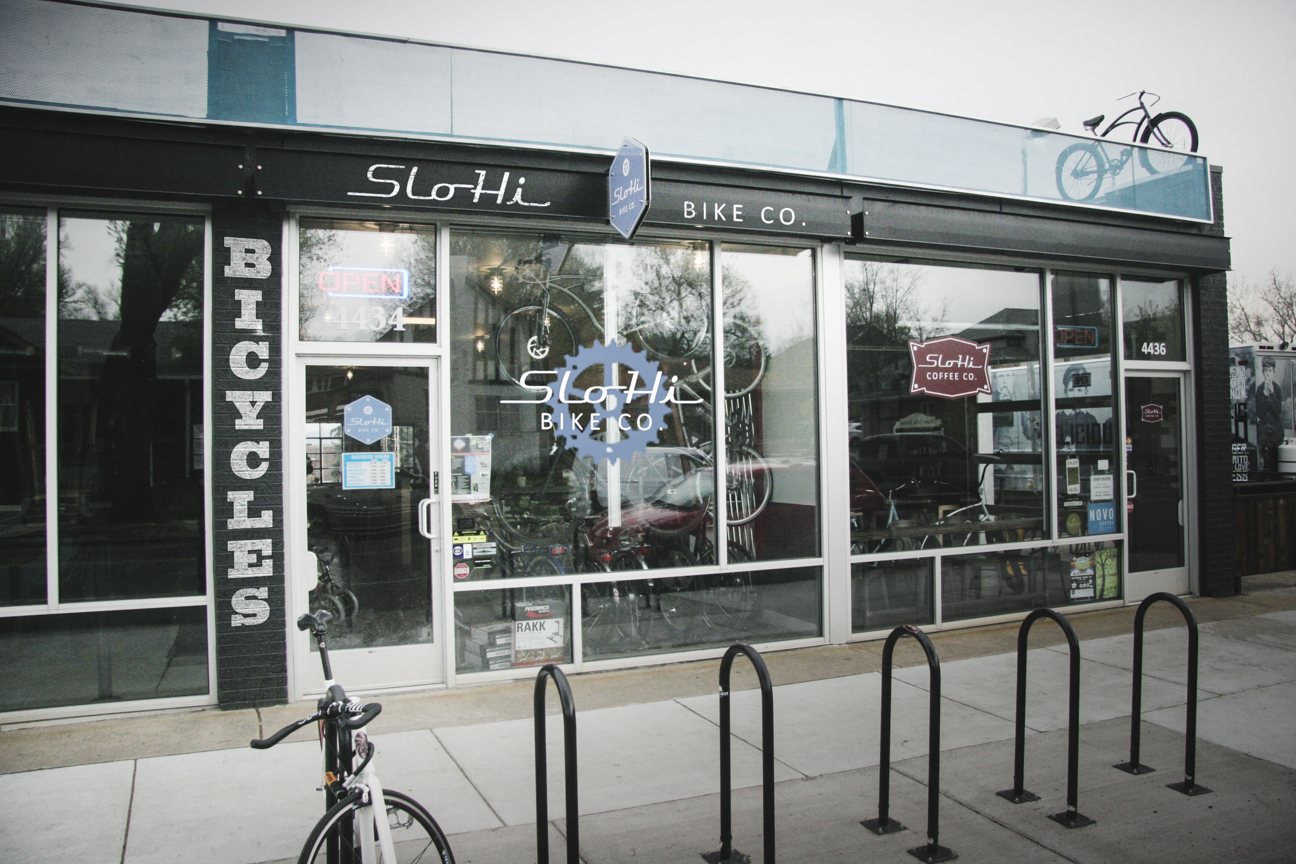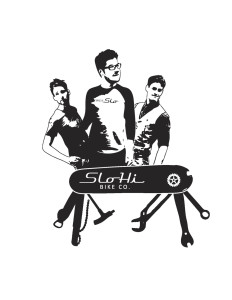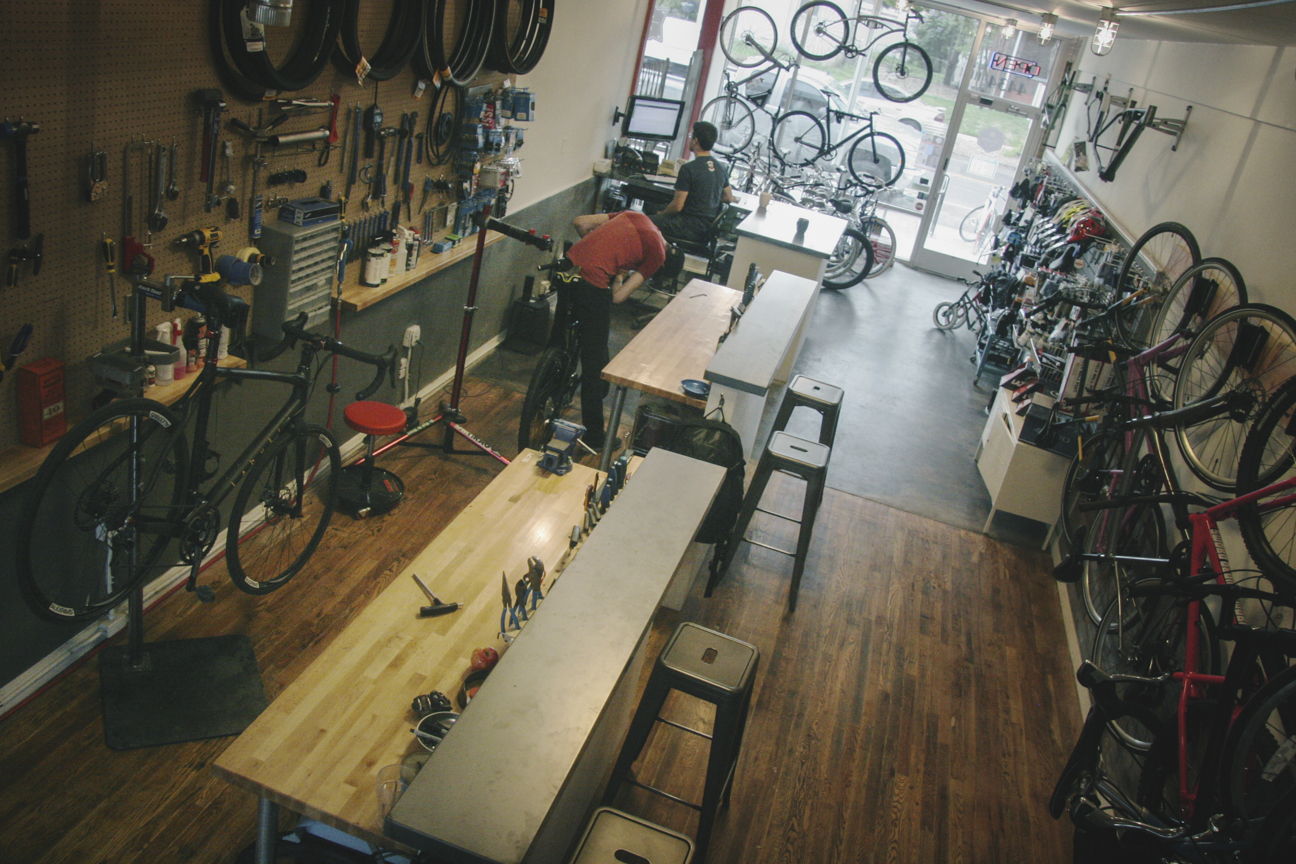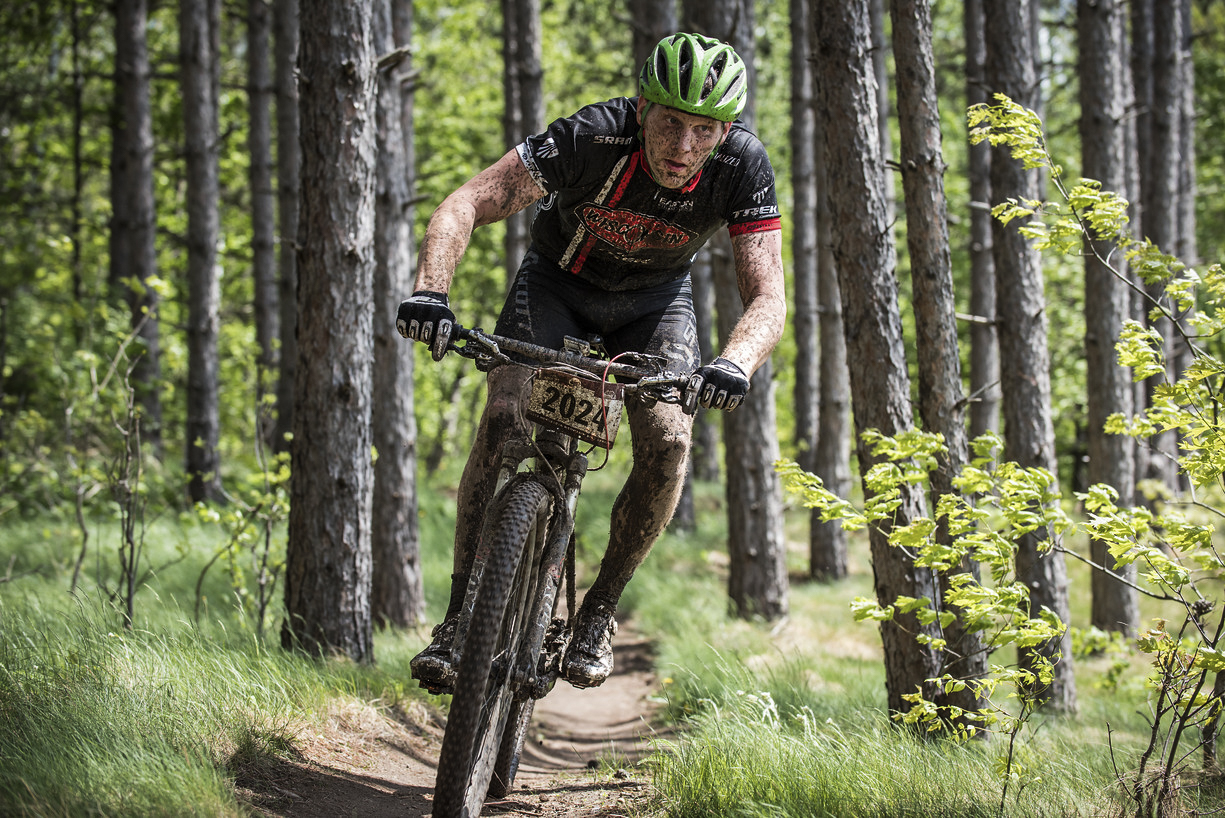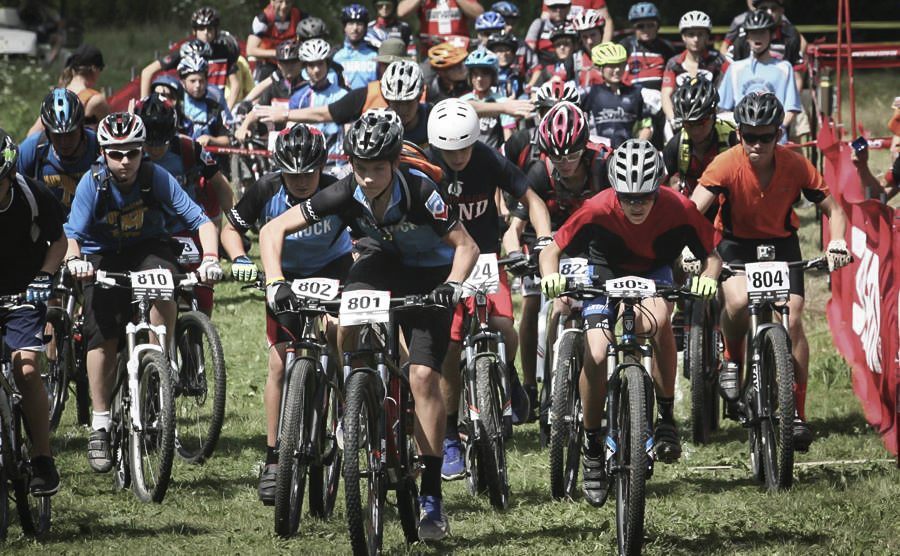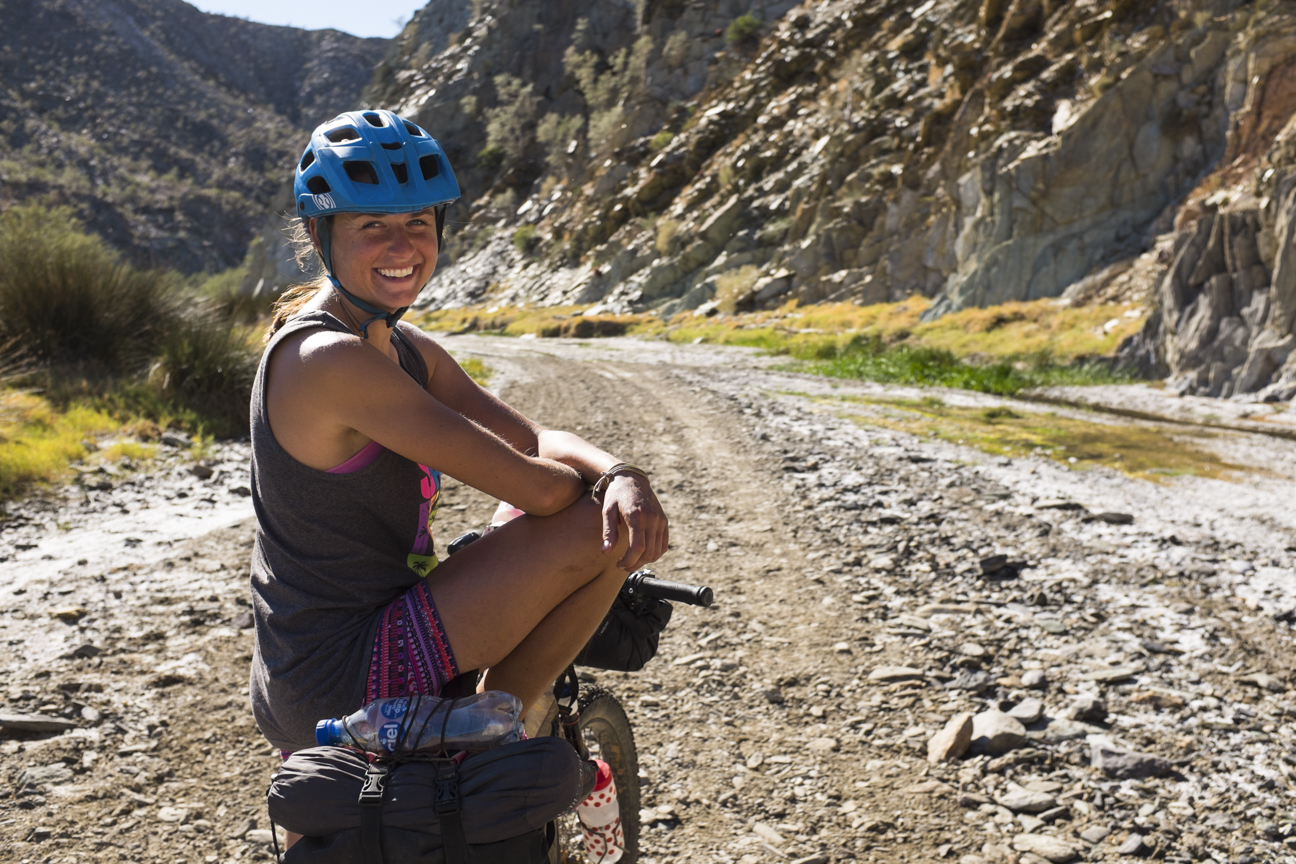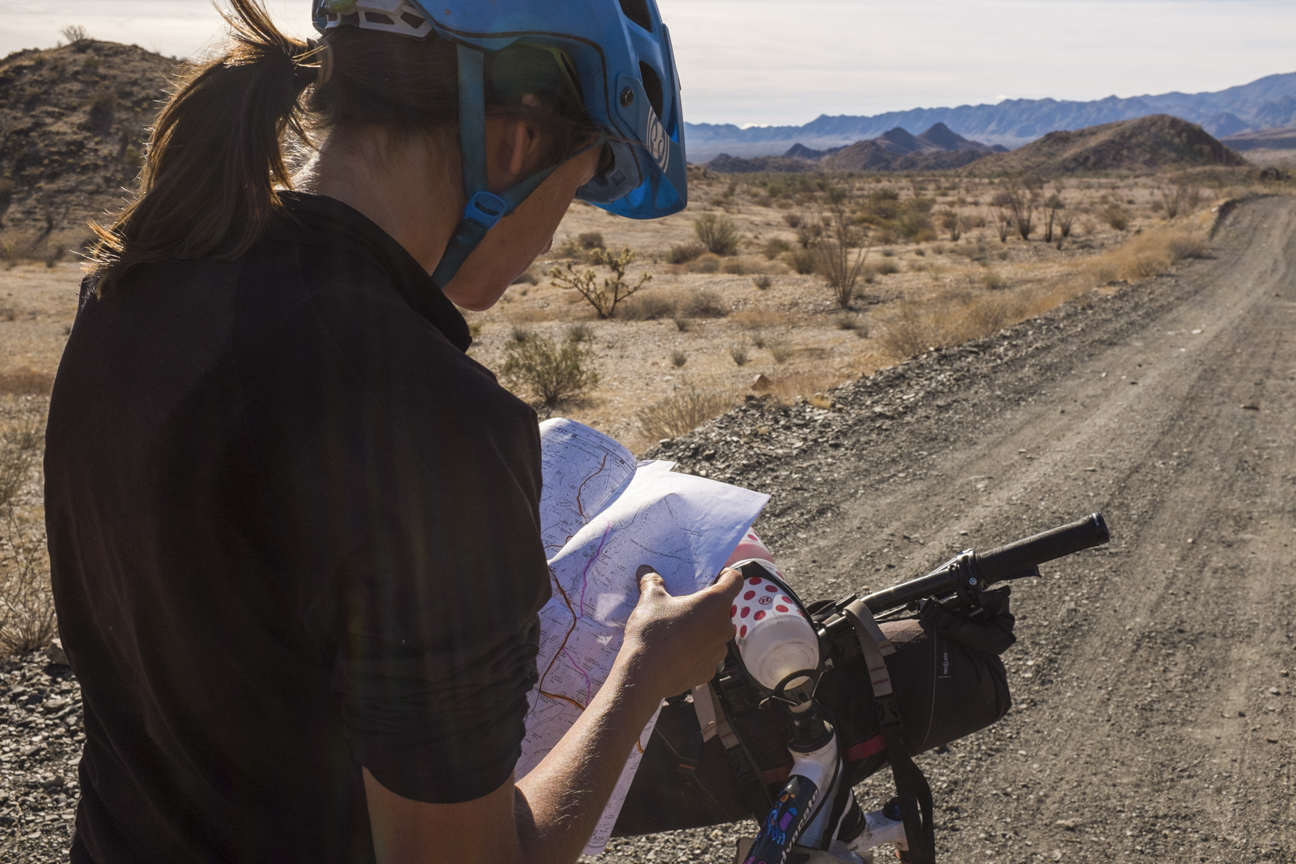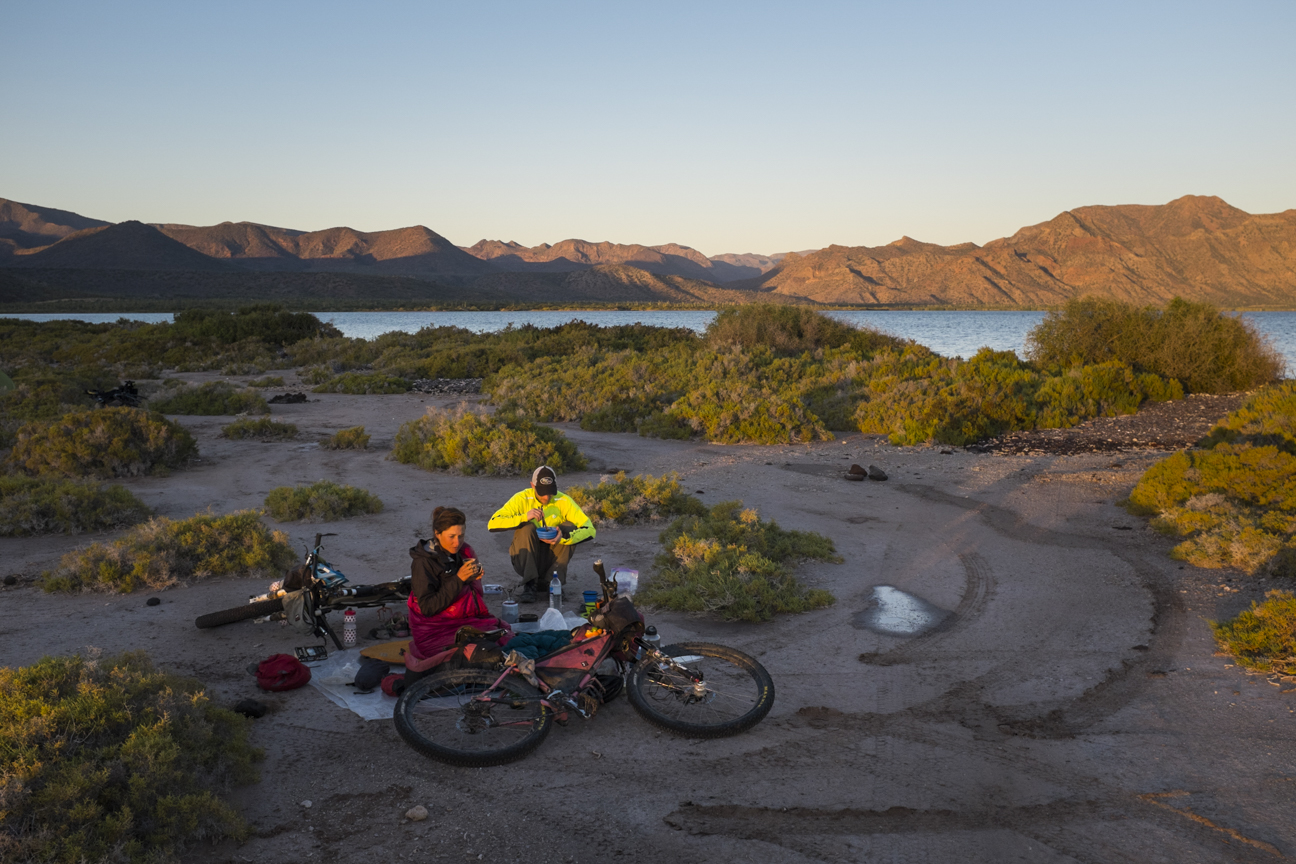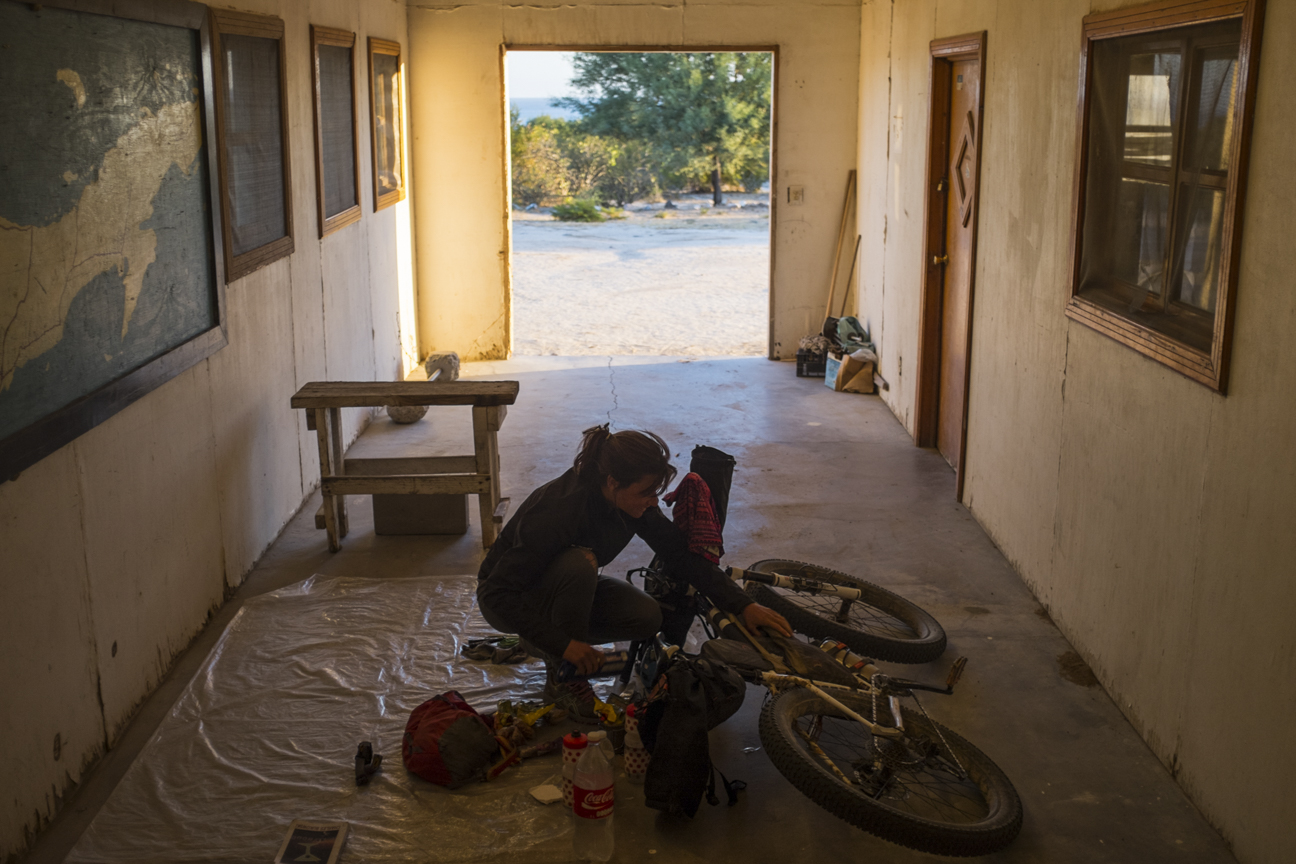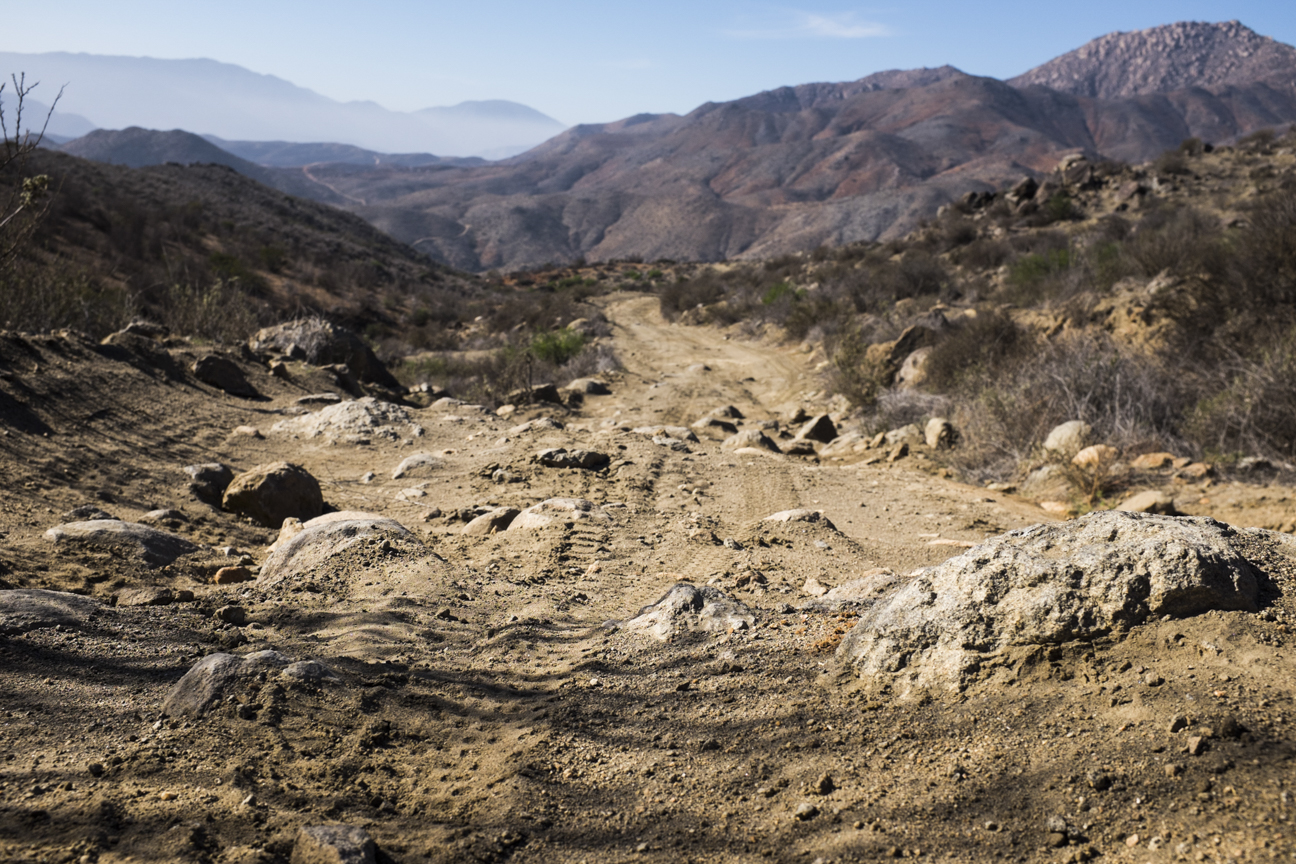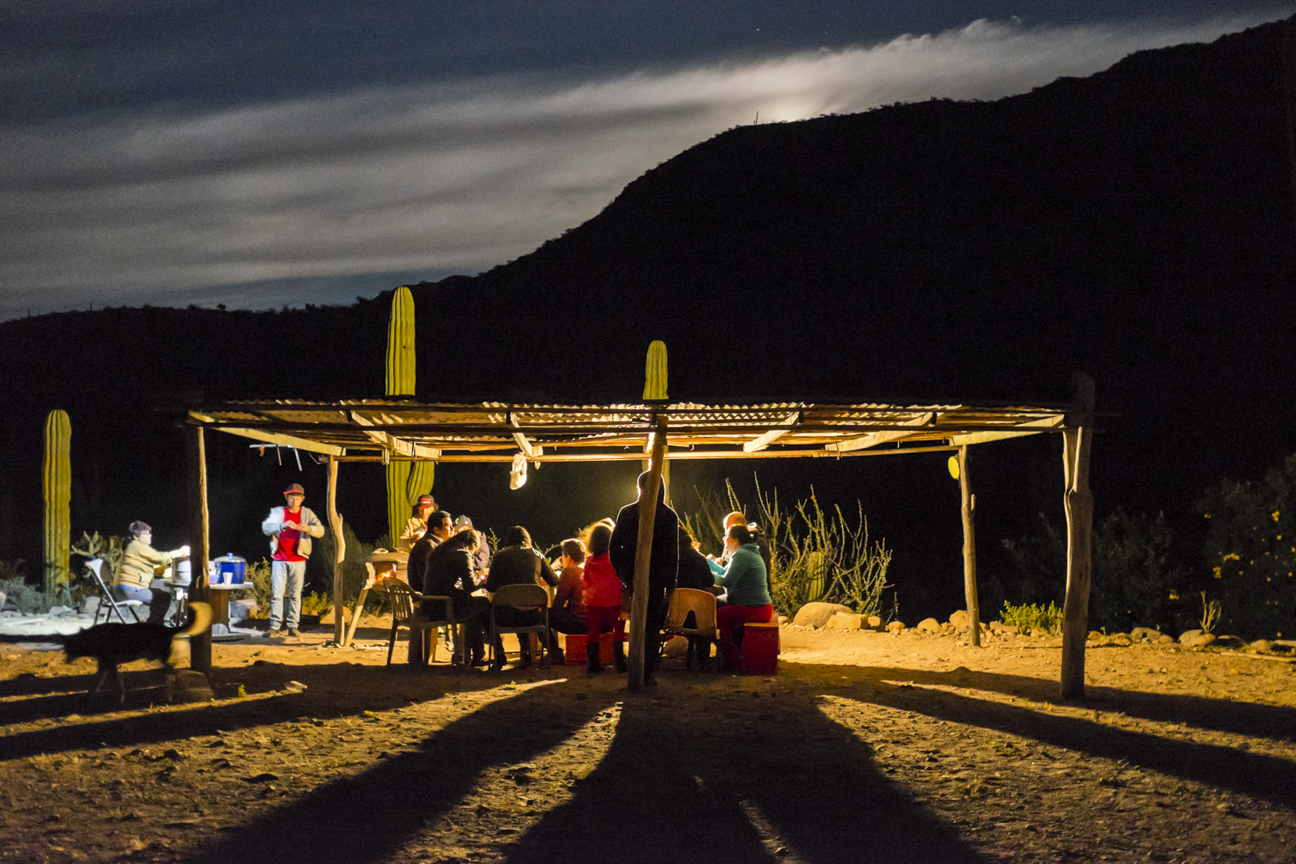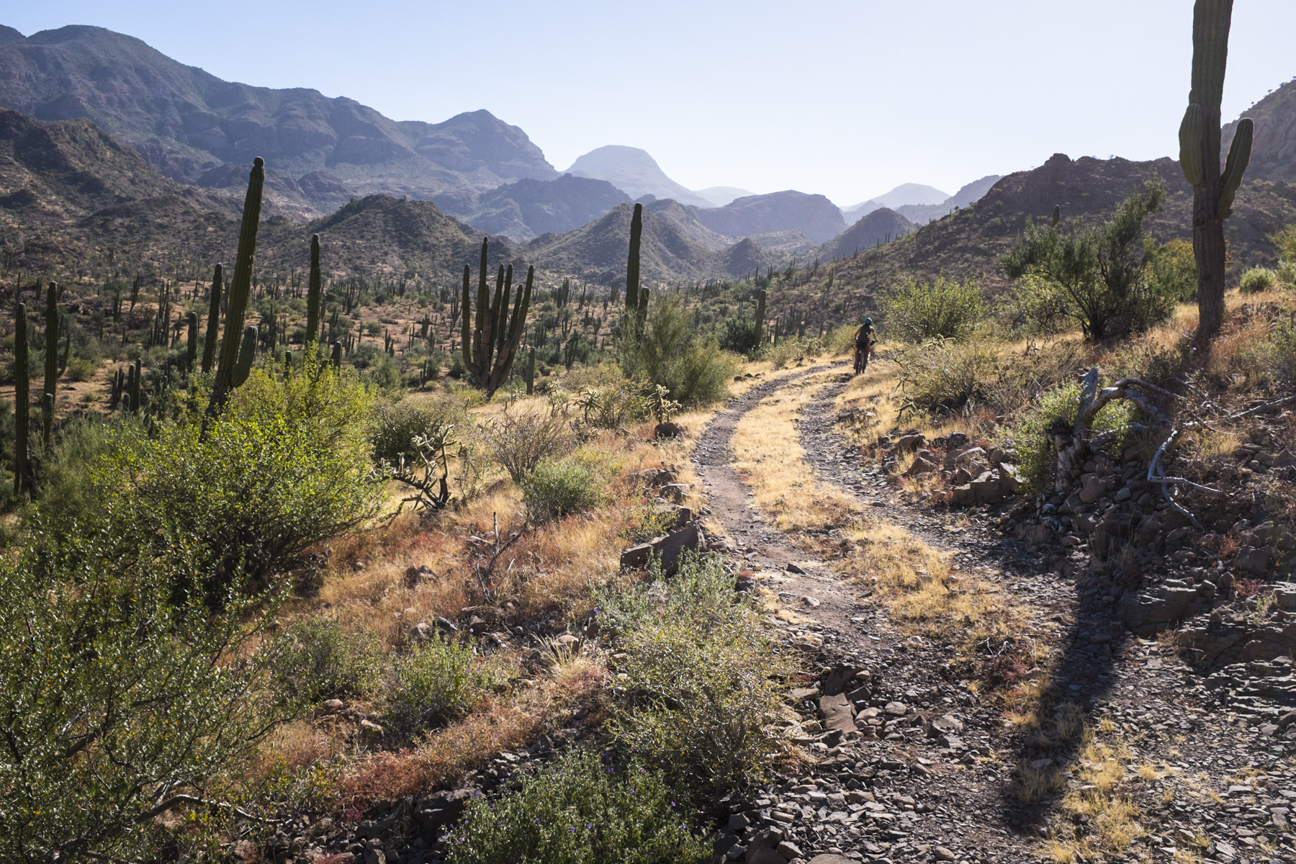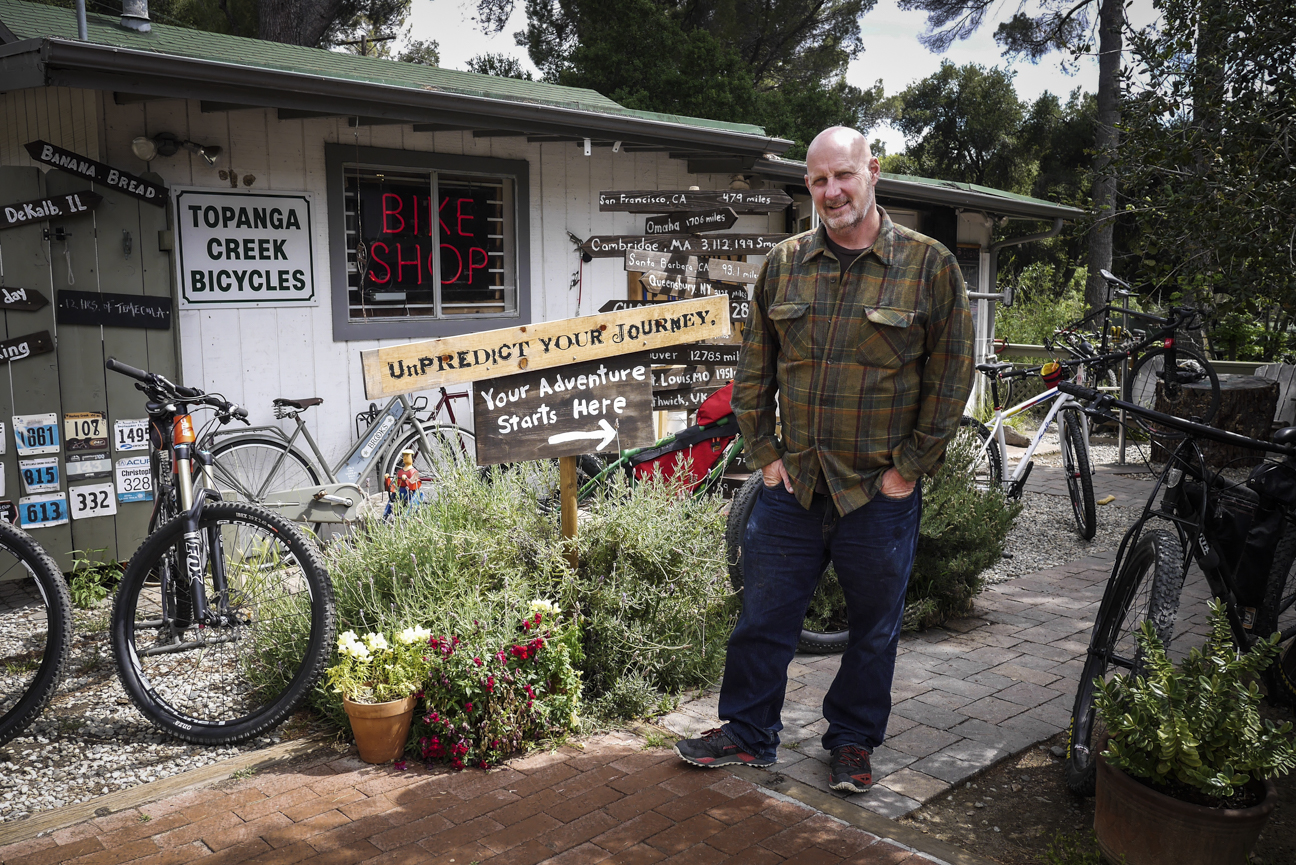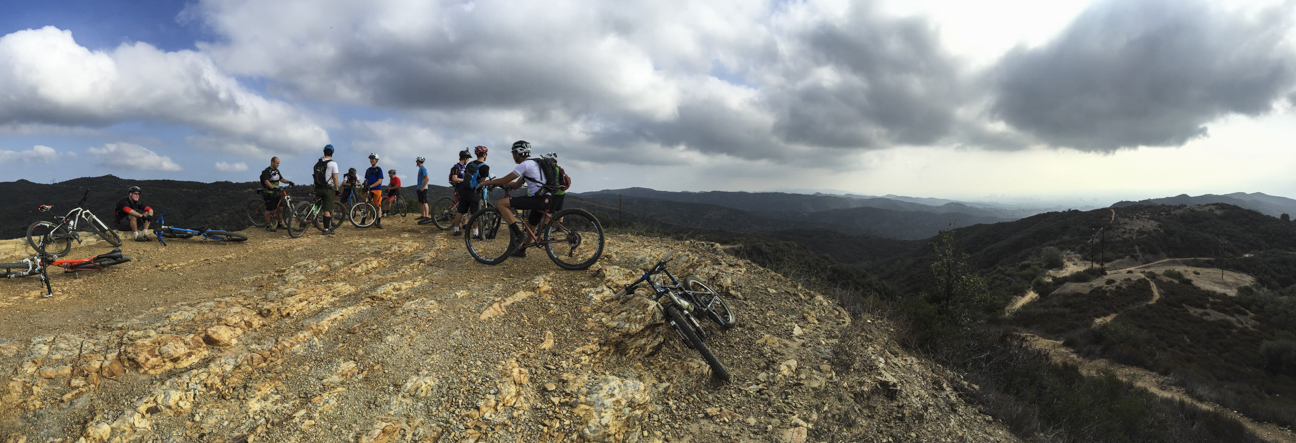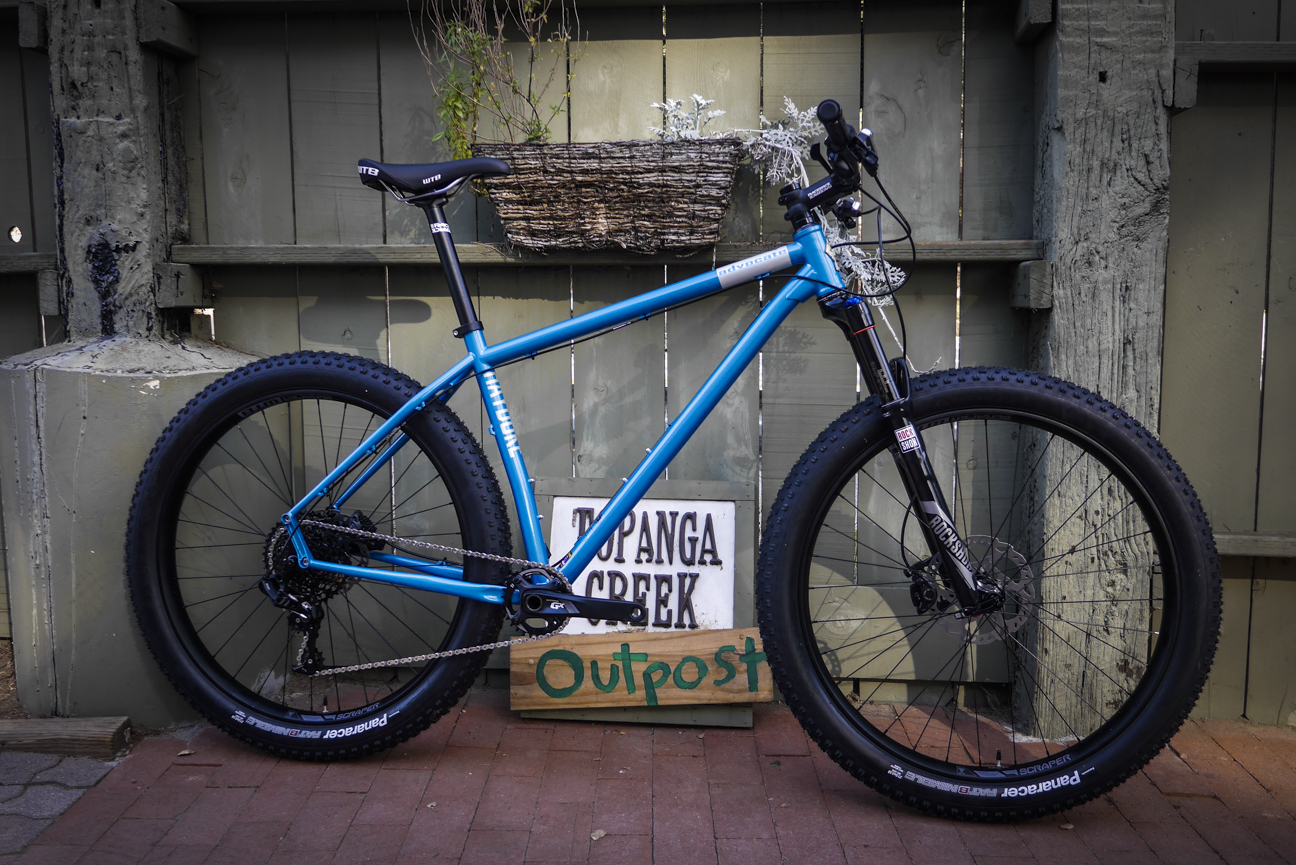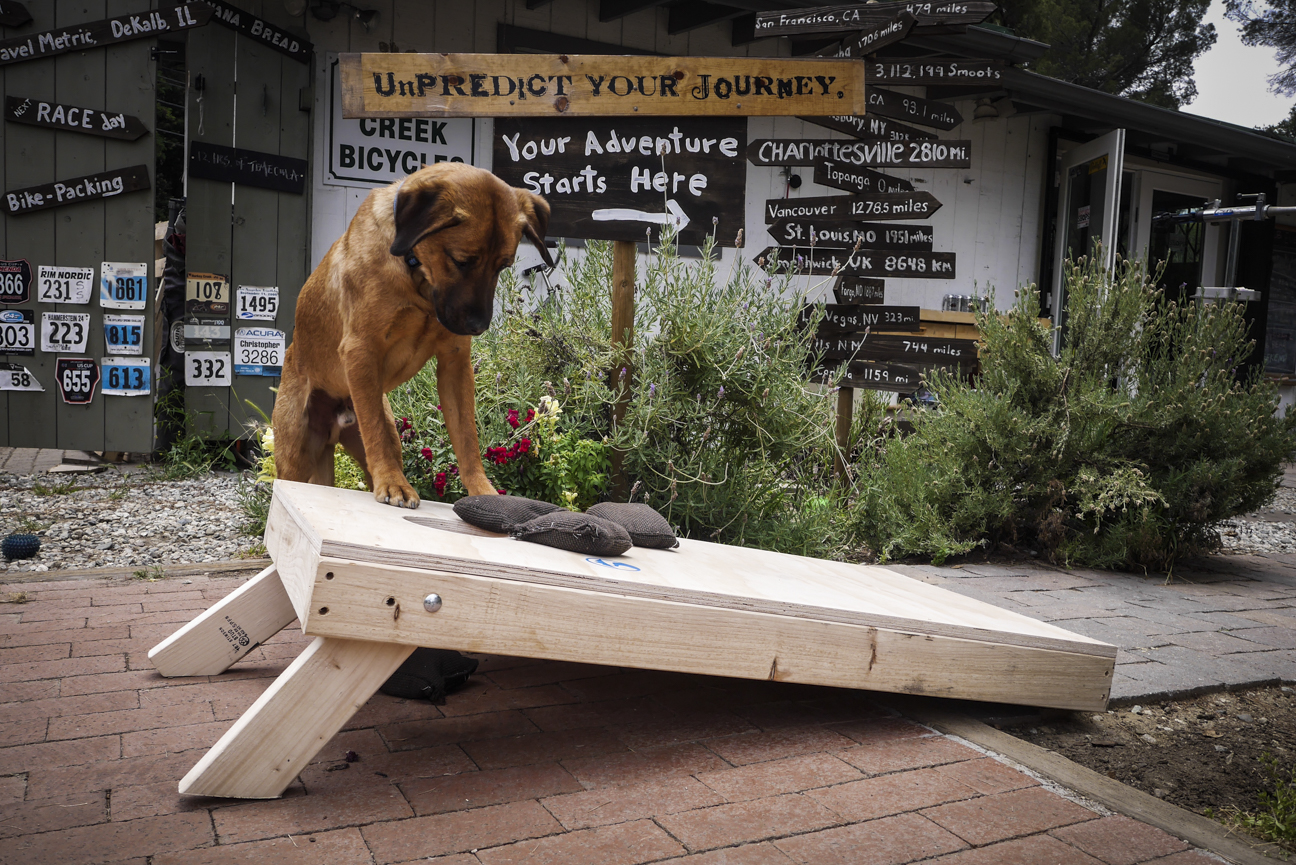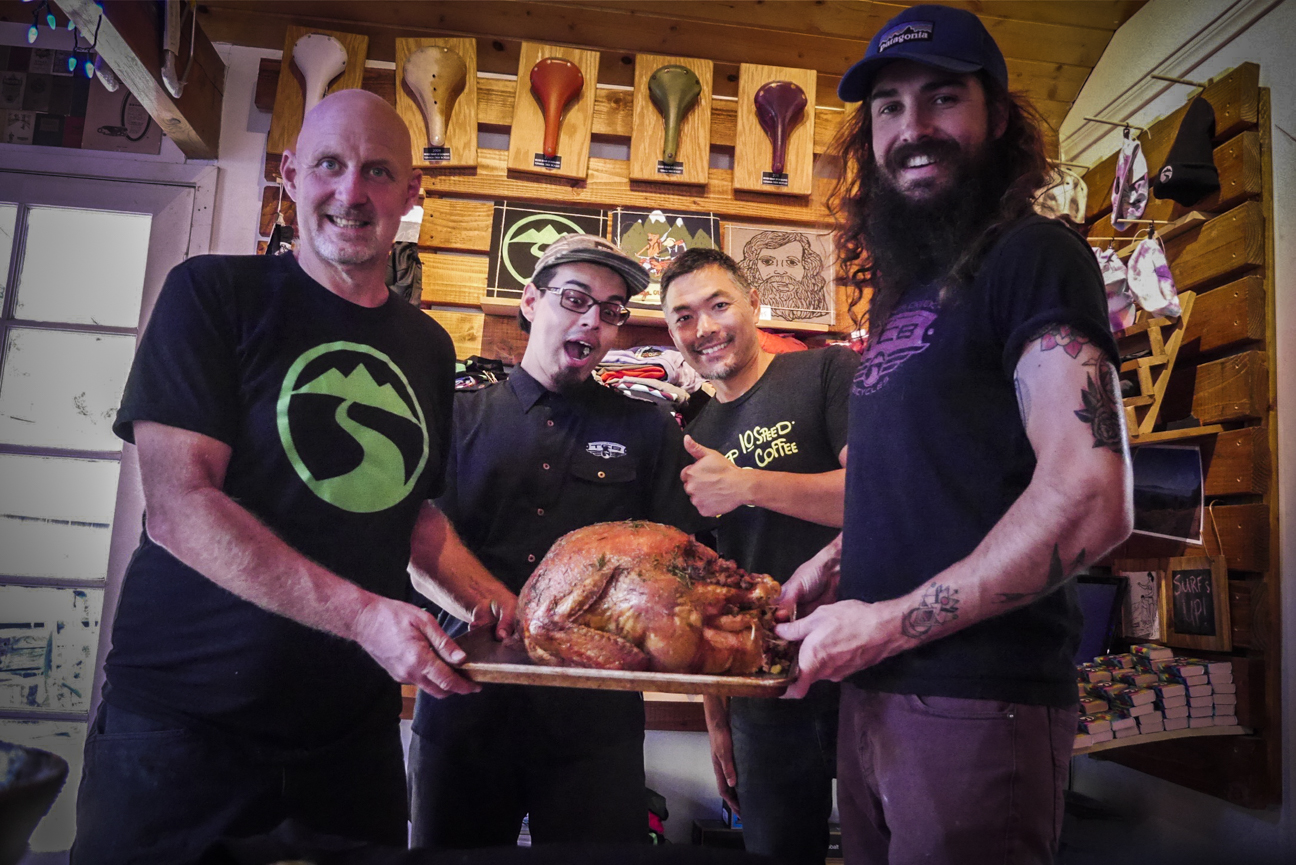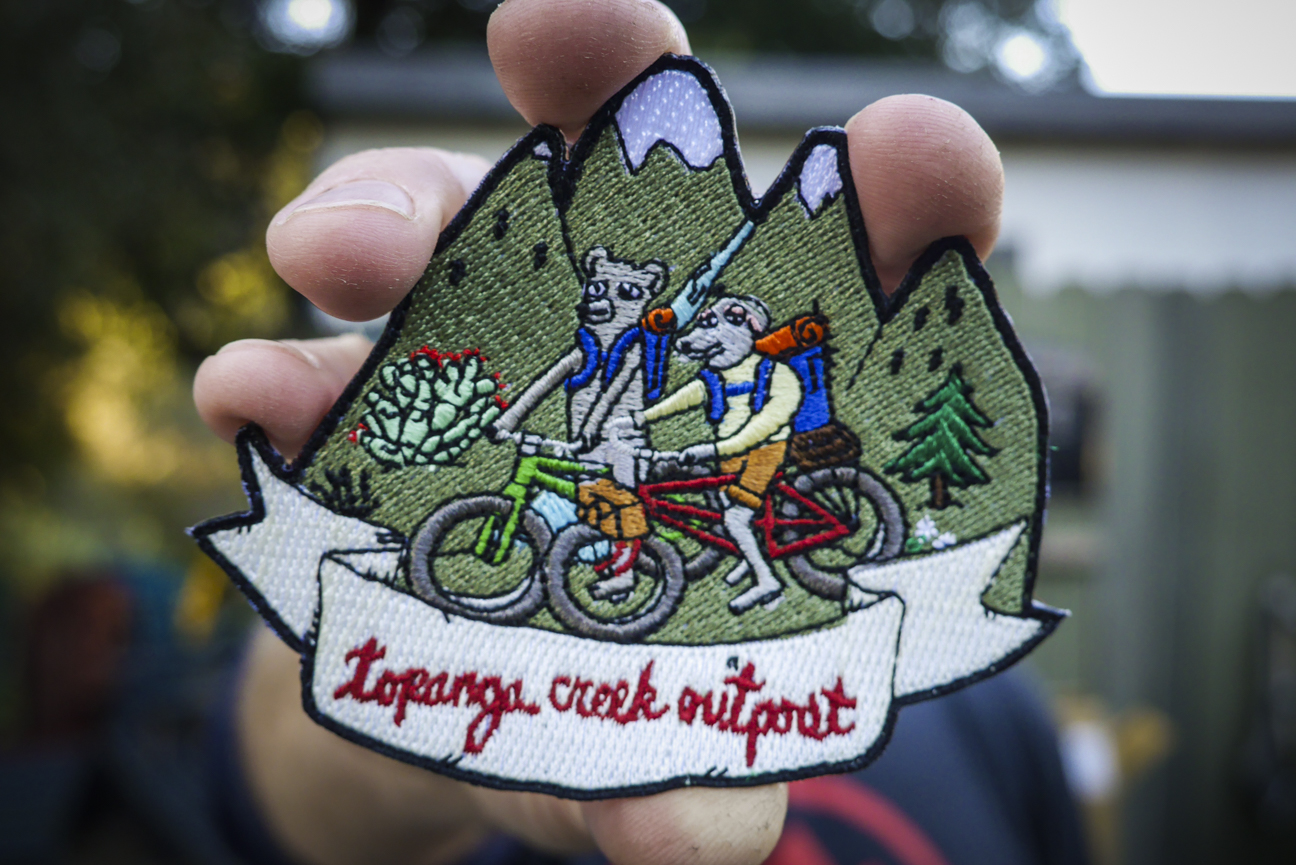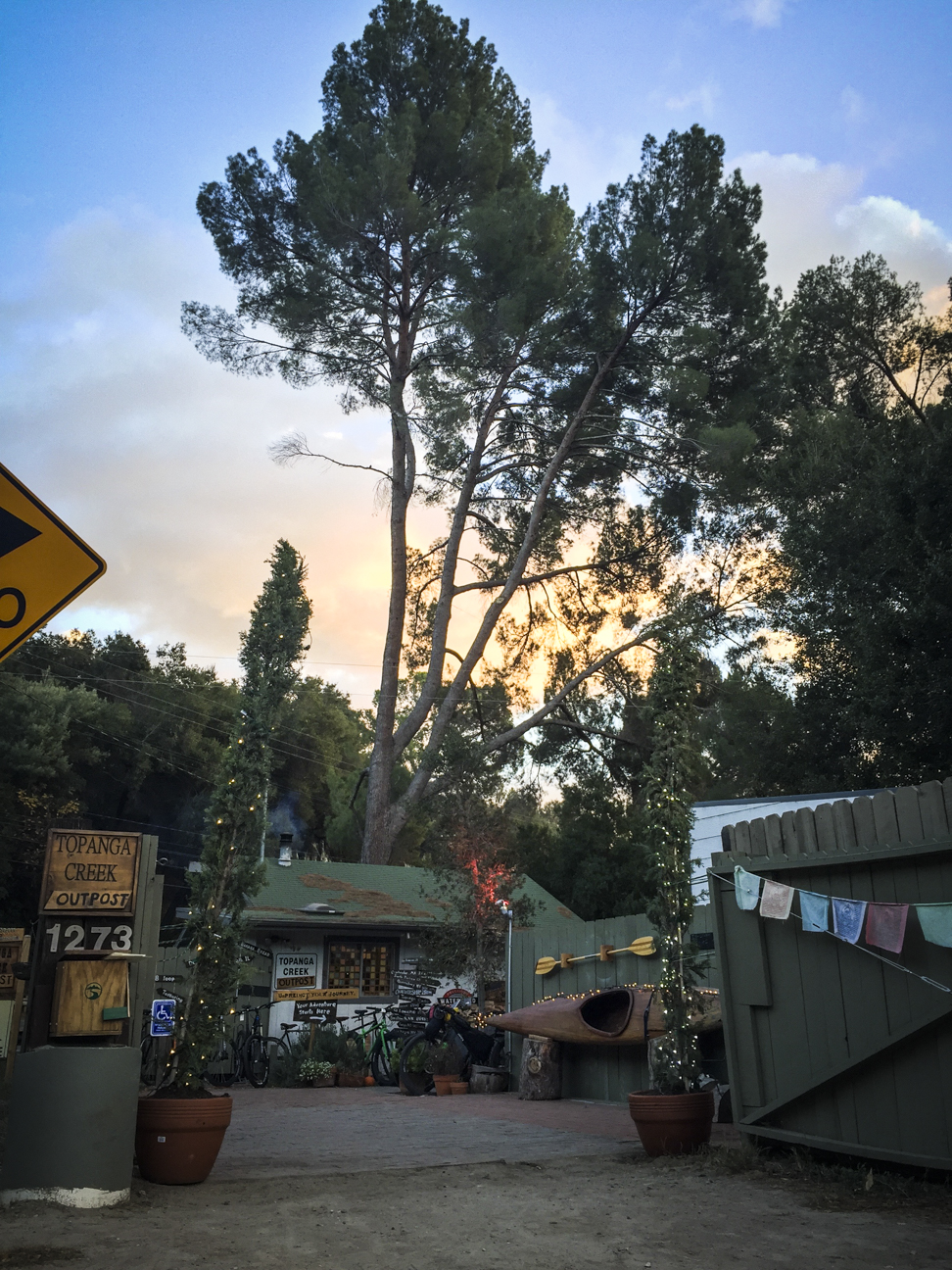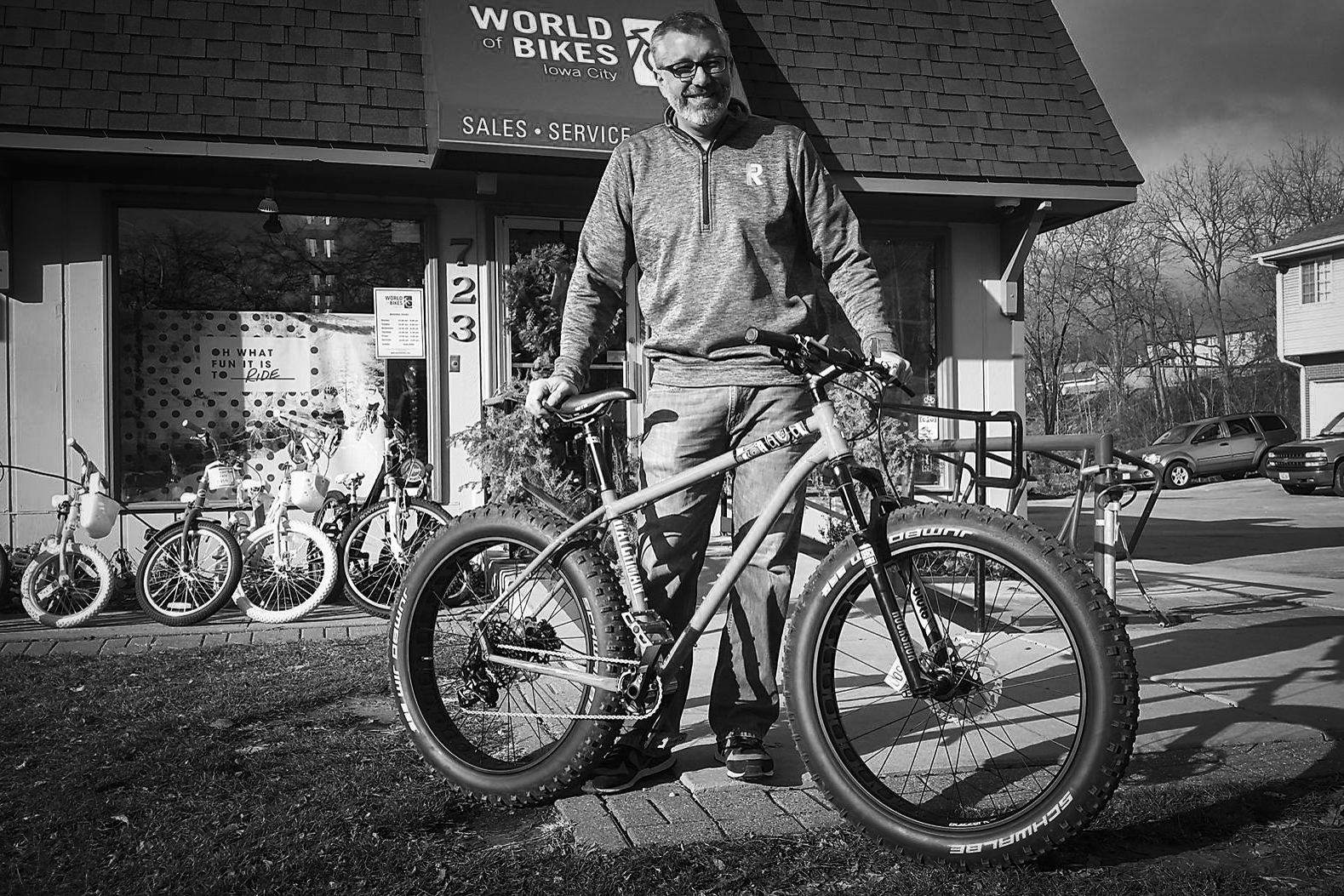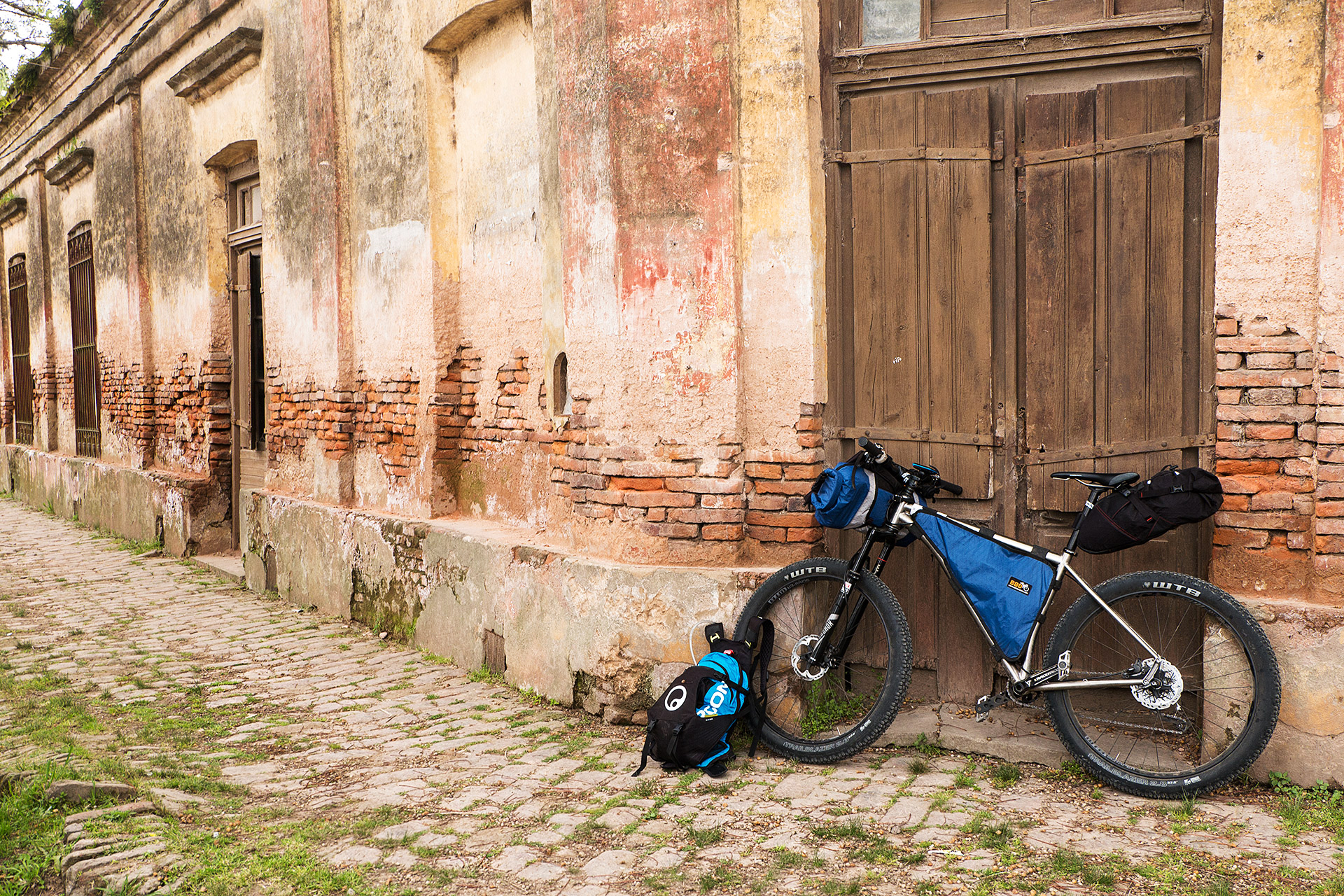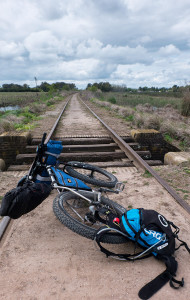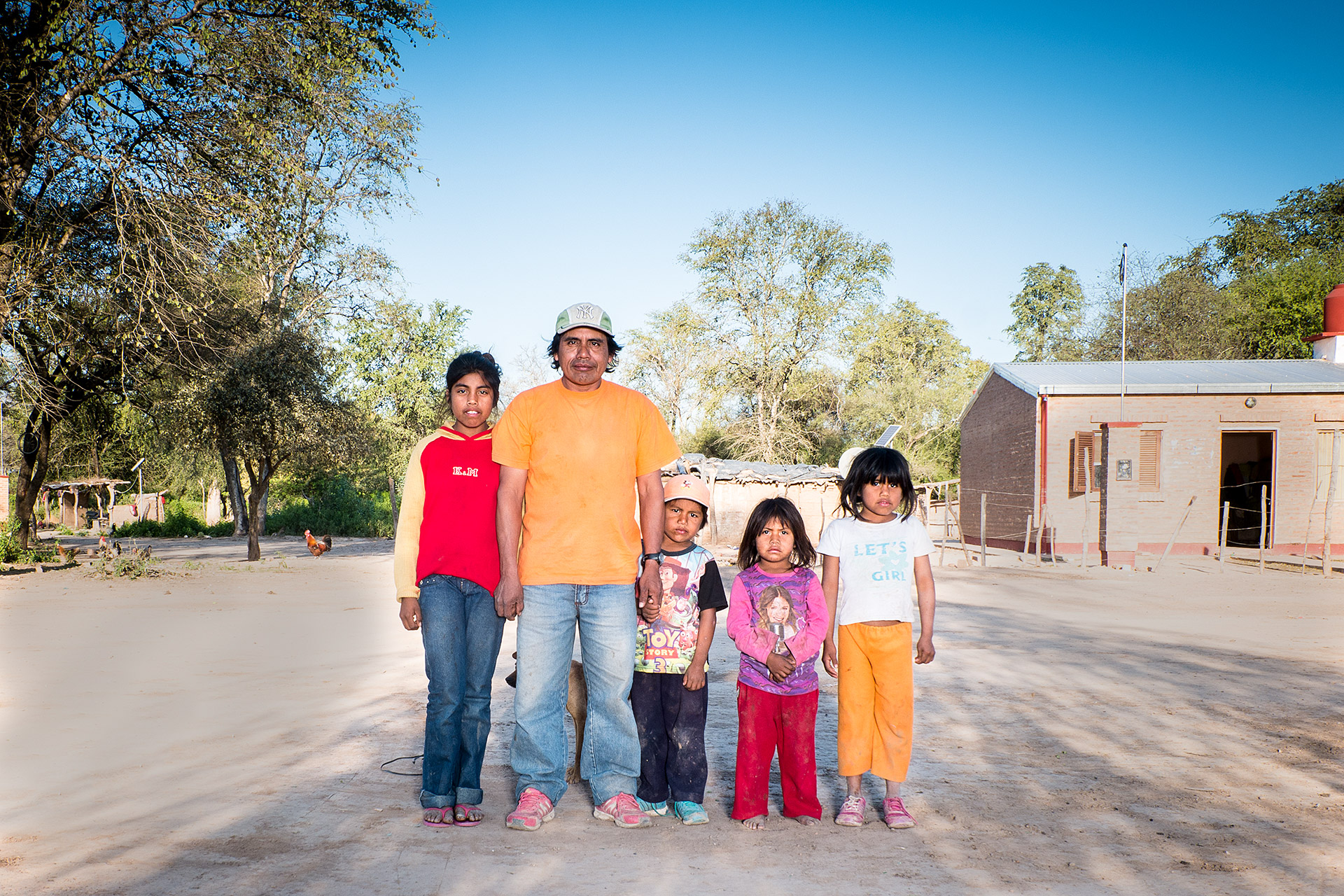Best known for his accomplishments on a singlespeed, Dejay Birtch is a mountain biker and ambassador to the mountain biking community involved with the sport both on and off the bike whose illustrious career spans 20 years. He currently lives and rides in Tucson, Arizona, although his roots are found in Port Jervis, New York—a place where he says that he cultivated his creative capacity for finding new and interesting approaches to the world.
When he transplanted himself to Tucson, Arizona, he took along his outdoor experience, added a bike, and began sharing his adventurous mindset with everyone else. Among many other things, he is an urban escapist, tour guide, shop rat and world dirt sampler. Sometimes referred to as a cyclist that races, Dejay tries to deal with that pressure by being the first to the top of many hills.
He’s been an endurance national and world champion and has crisscrossed the continental United States both west to east and north to south on his bike. He has designed trail systems and created cycling events. Recently he has created and promoted fat bike events in Arizona and New York and organized the 2014 singlespeed World Championships in Anchorage, Alaska. He helped start SSUSA (Singlespeed USA) and has been a part of Singlespeed Arizona for over a decade.
For his most recent project, Dejay has followed his roots back home to New York to take on a trail building project in his hometown. Like many east coast towns, Port Jervis was brought up on industry, which has all gone away at this point, leaving the area as somewhat of an economic ghost town. But the town does have an amazing natural resource that has been virtually untouched and completely off limits for 100+ years.
This particular resource is a large, city-owned, 2,000+ acre piece of land in town that is part of the watershed and houses three reservoirs, along with many rolling ridgelines and ideal terrain for a trail system. For a while now, Dejay has seen the potential in this piece of land for outdoor recreation.
With other nearby outdoor attractions like the Delaware River that runs through town, the nearby Appalachian trail, the Poconos and Catskill Mountains within a short drive—and the possibility to ride the commuter train all the way from NYC—the area stands to be the next best playground in the region for cycling, hiking, and other sports year-round.
And so he went to work convincing the town that this would be an ideal place to build some trails and start to draw people back to the town. Finally last August, he got the go-ahead to start building and went to work putting together the beginnings of a trail system.
To say that he helped to make a miracle happen could be truth. Currently, they are in the infant stages of building singletrack with at least 30 miles laid out and about 15 miles of doubletrack already existing. On March 19, Dejay held a fatbike event on the trails as a grand opening, which turned out to be a hit, and now has plans for a MTB event to be held on October 29th.
Dejay tells us that, “all of this is to spread the love of the outdoors of course, but it holds a special place to me, to help my small home town come back from the economical ashes of what was a booming industrial town.”
If there’s a bike involved, Dejay will always be there. Just stay tight on his wheel and follow him into his next adventure.
